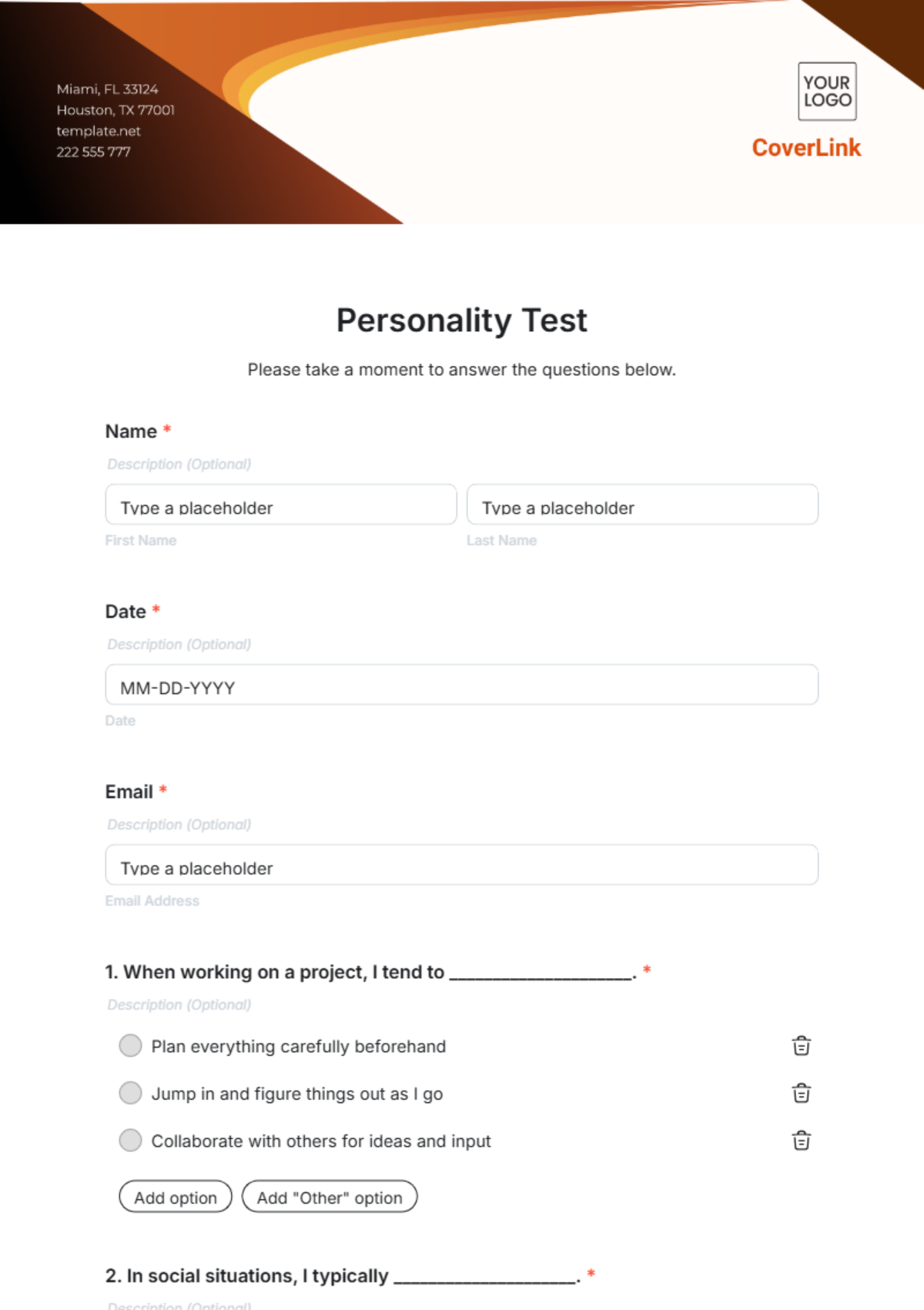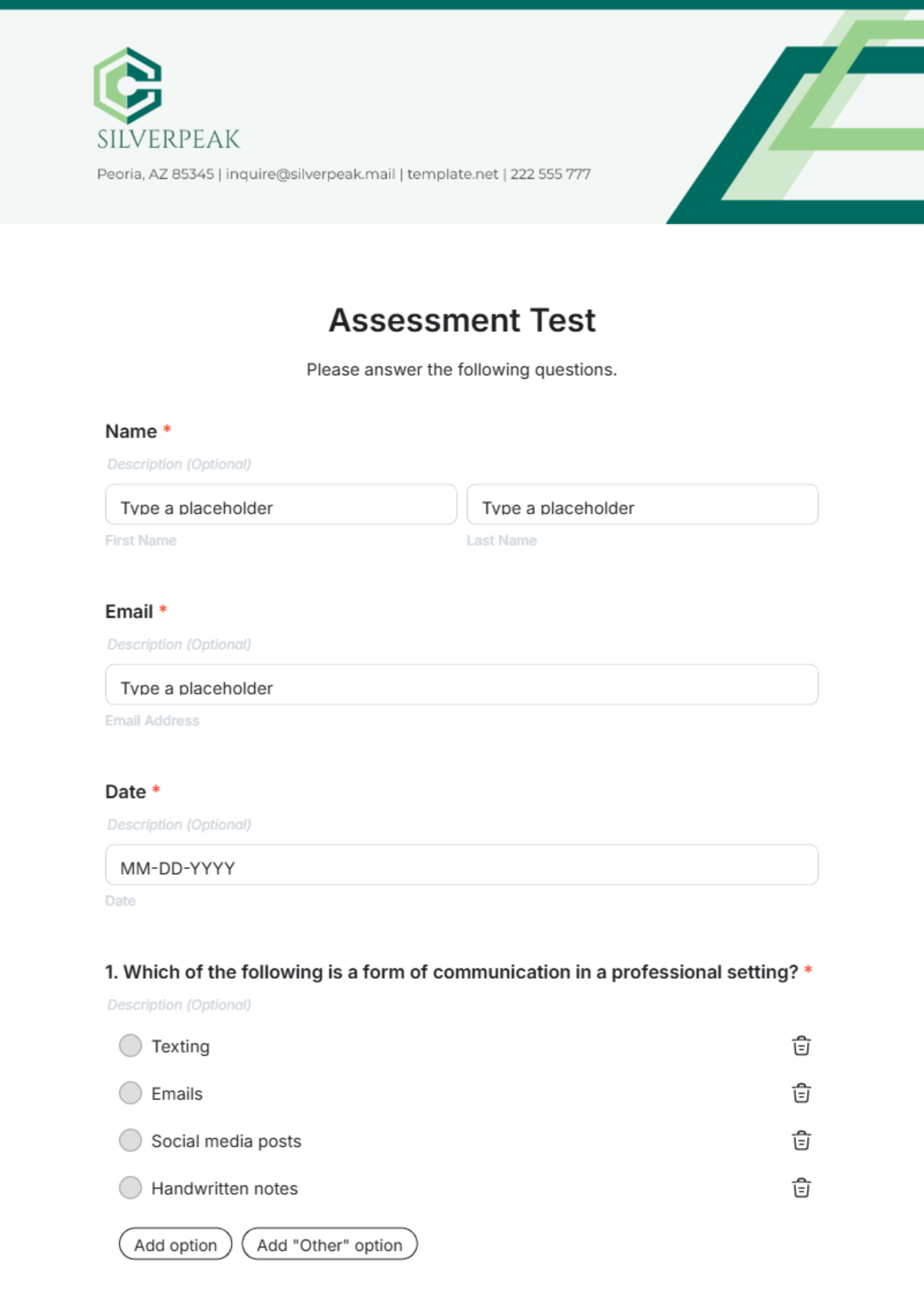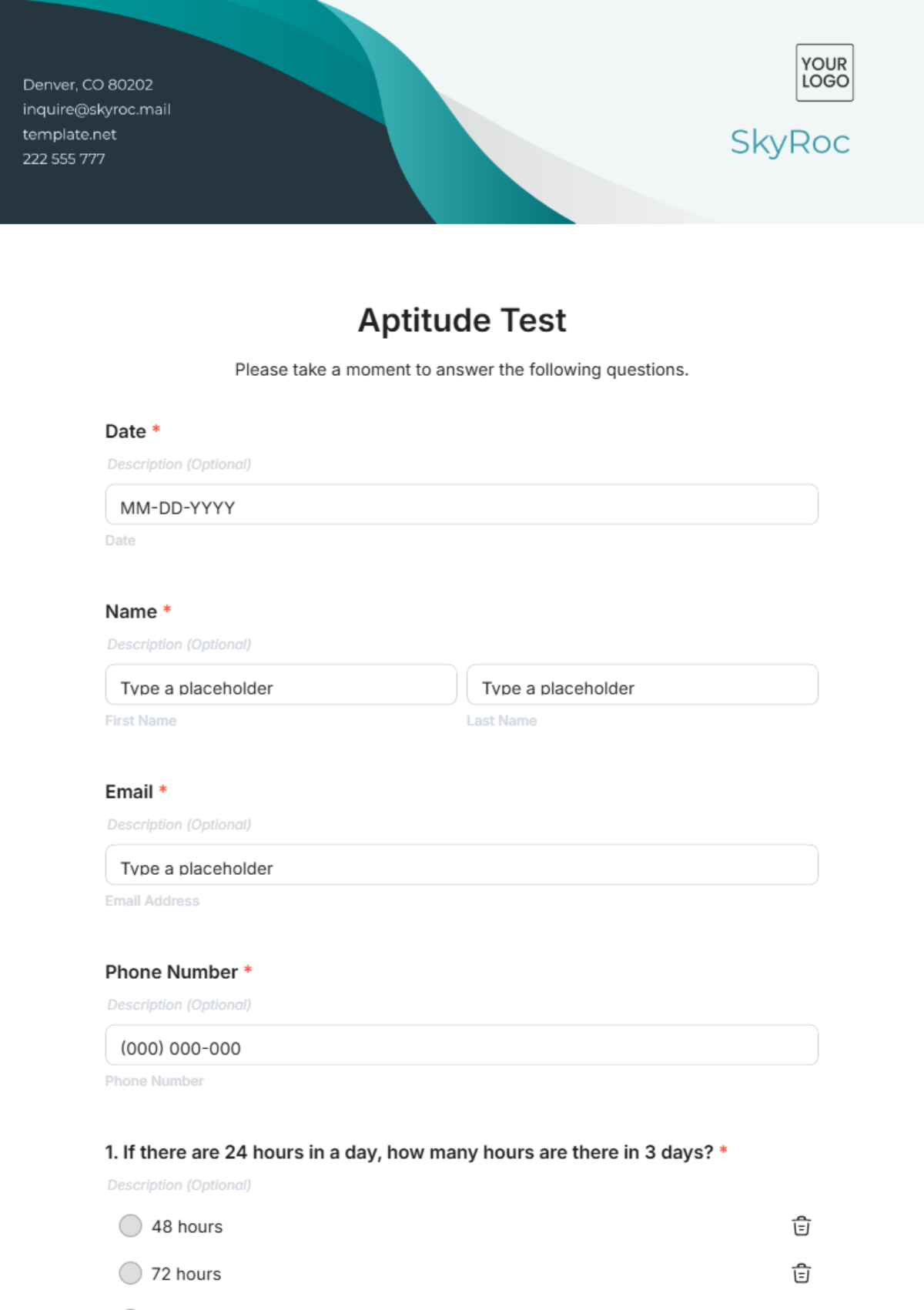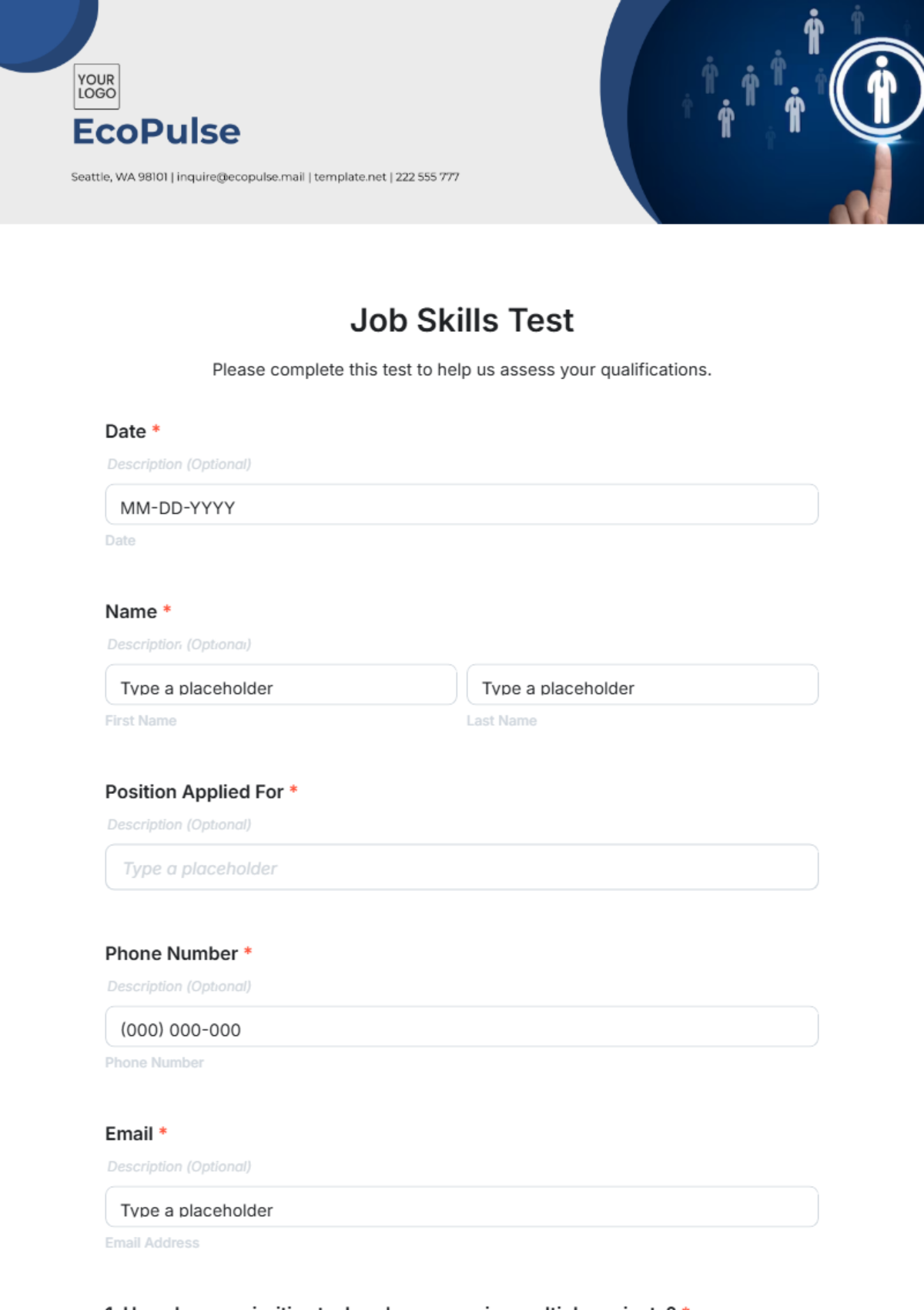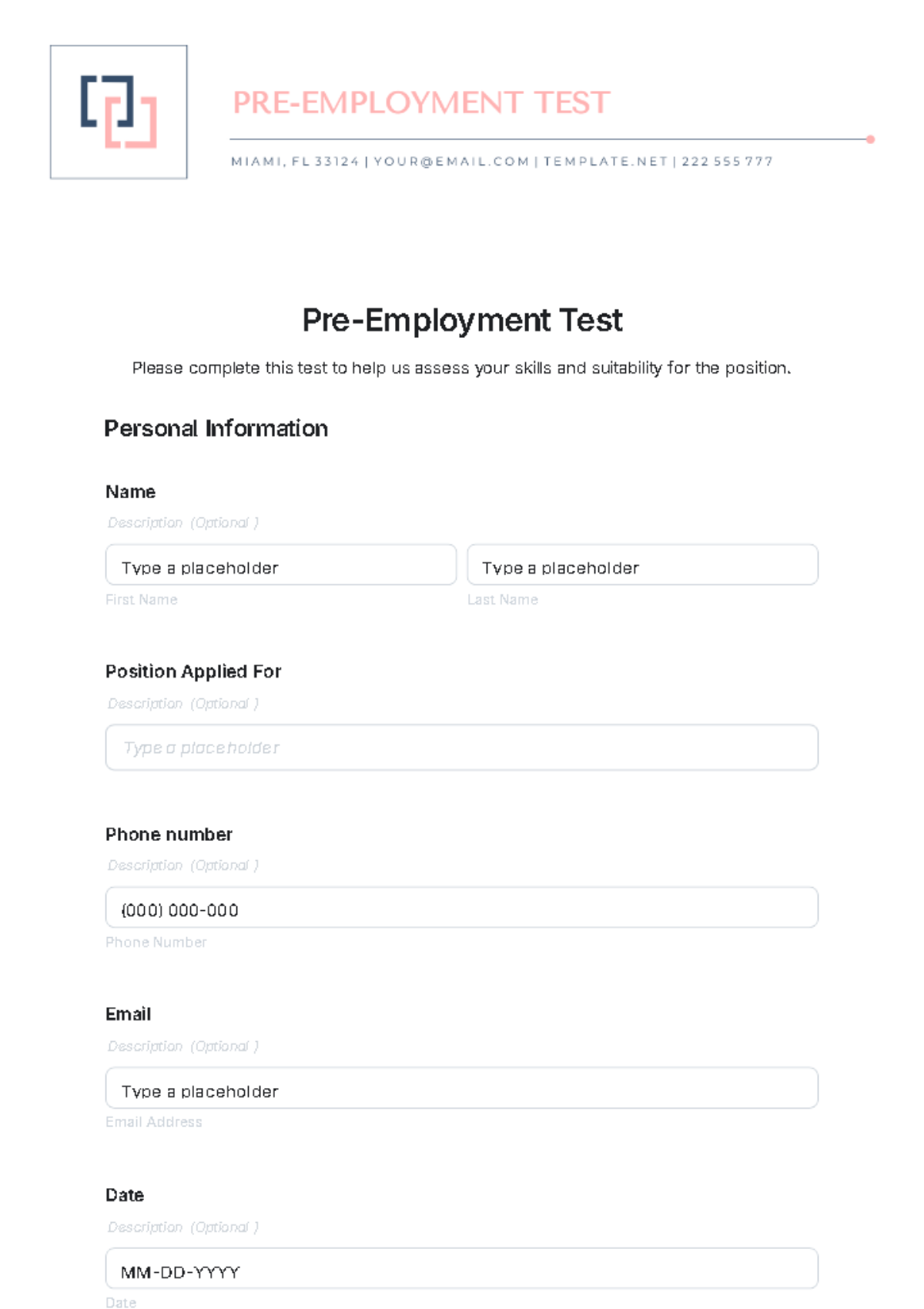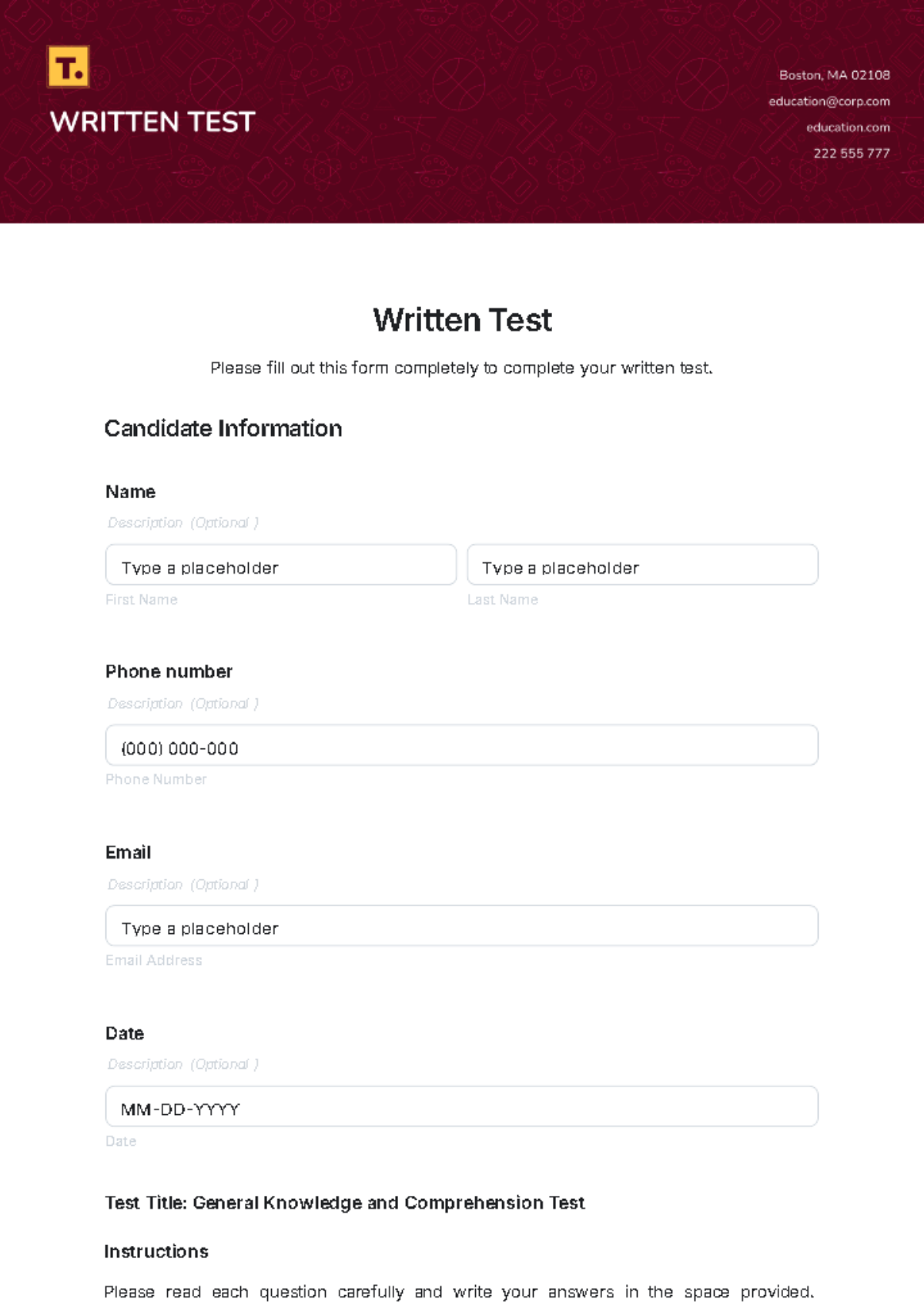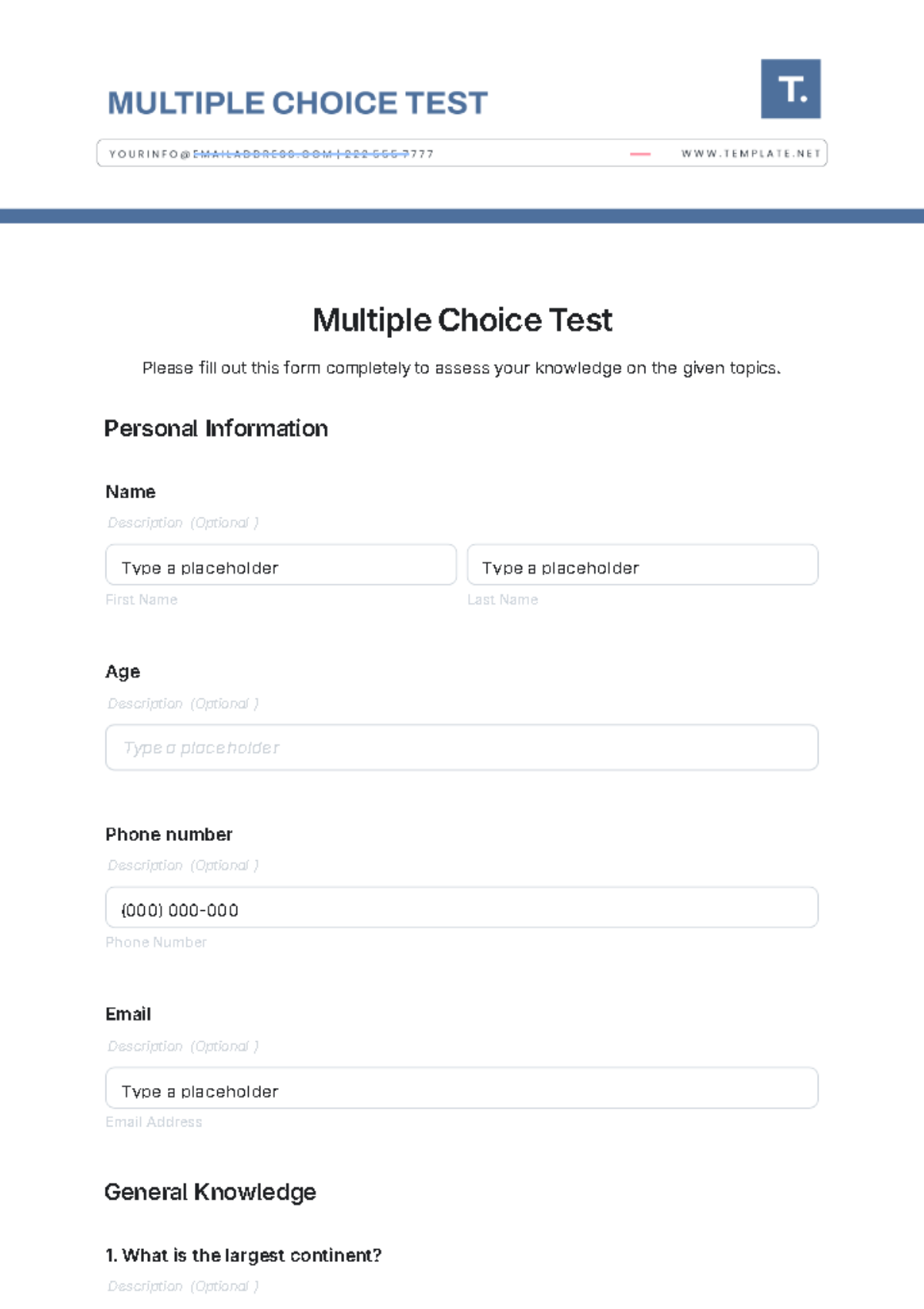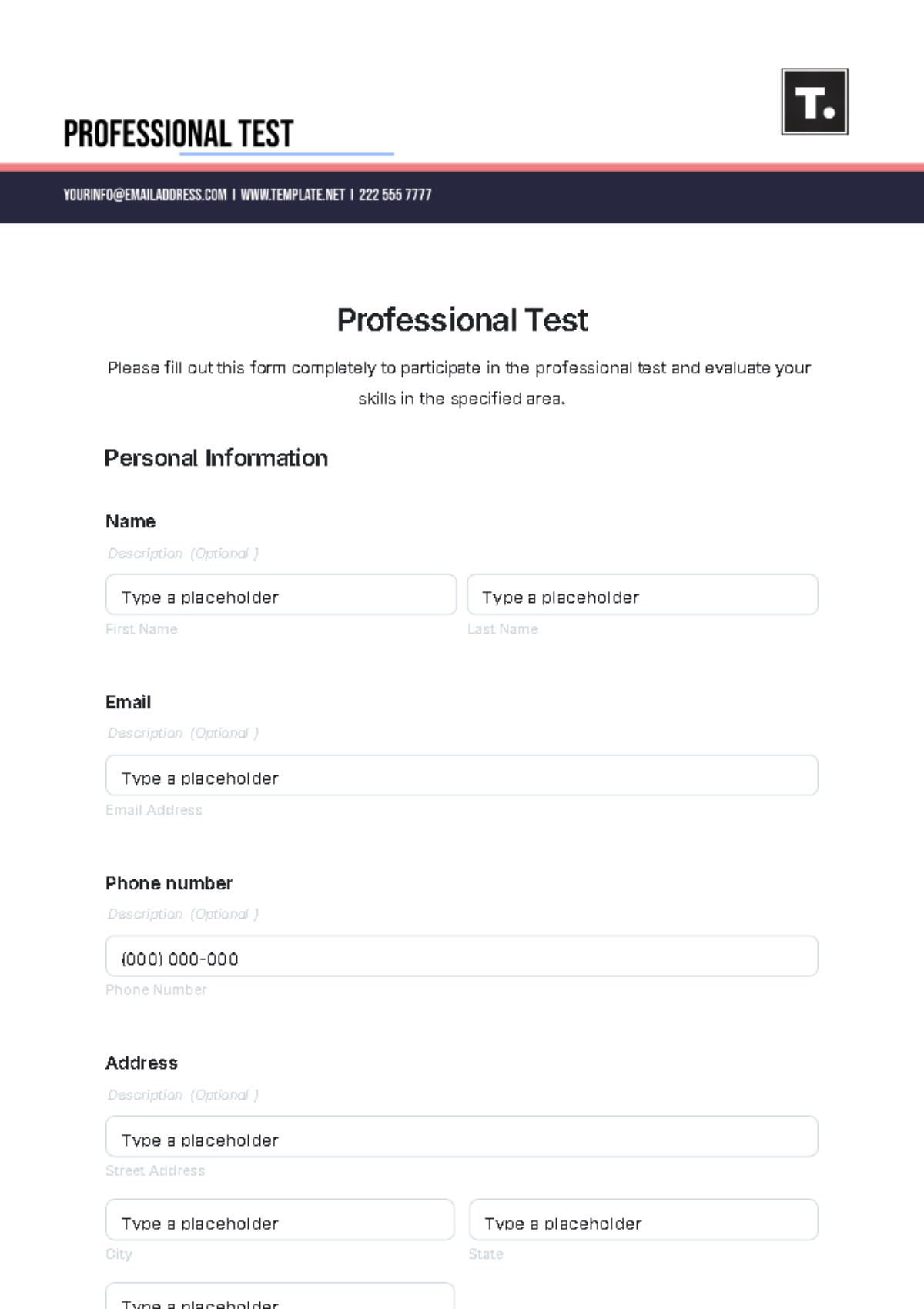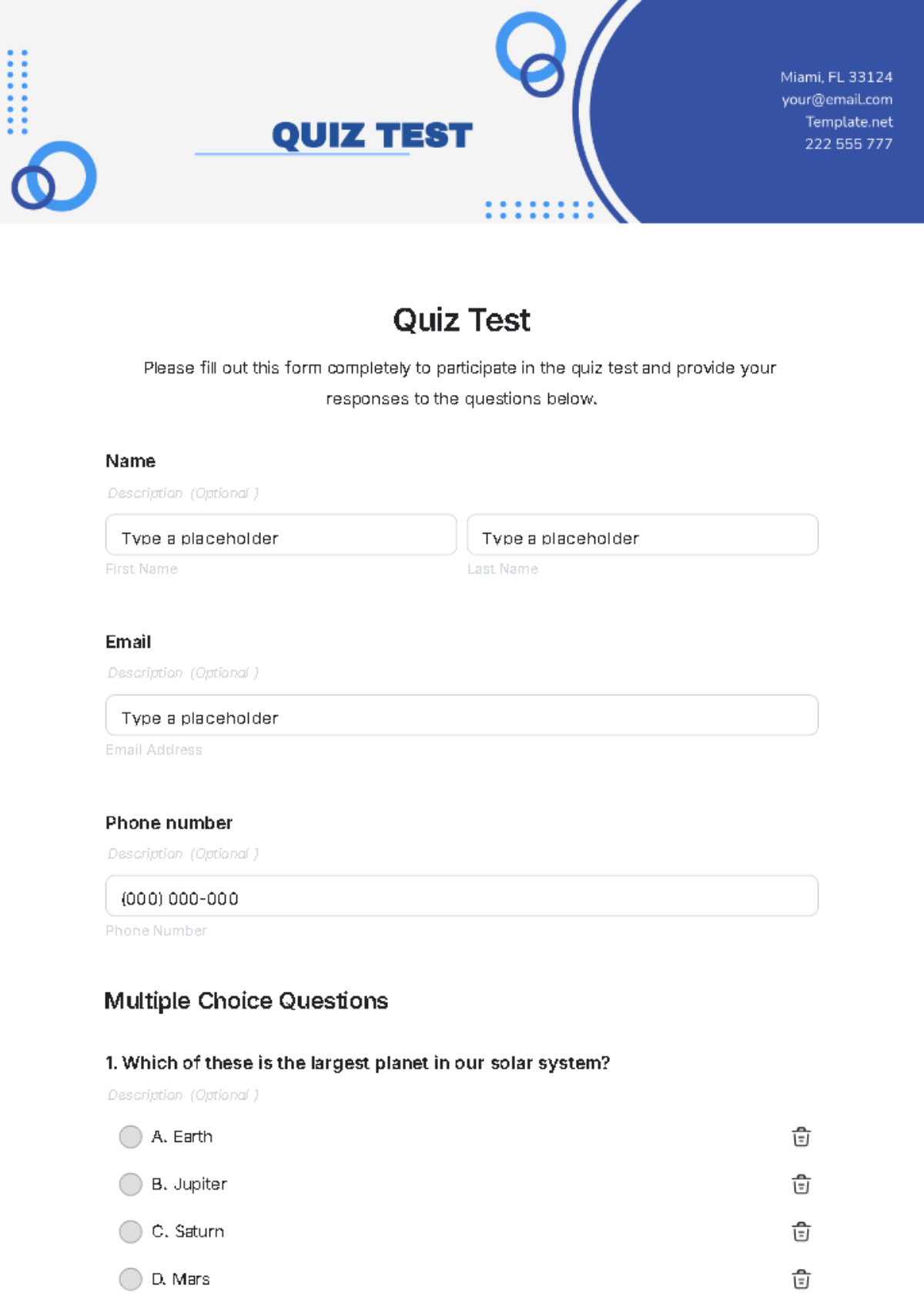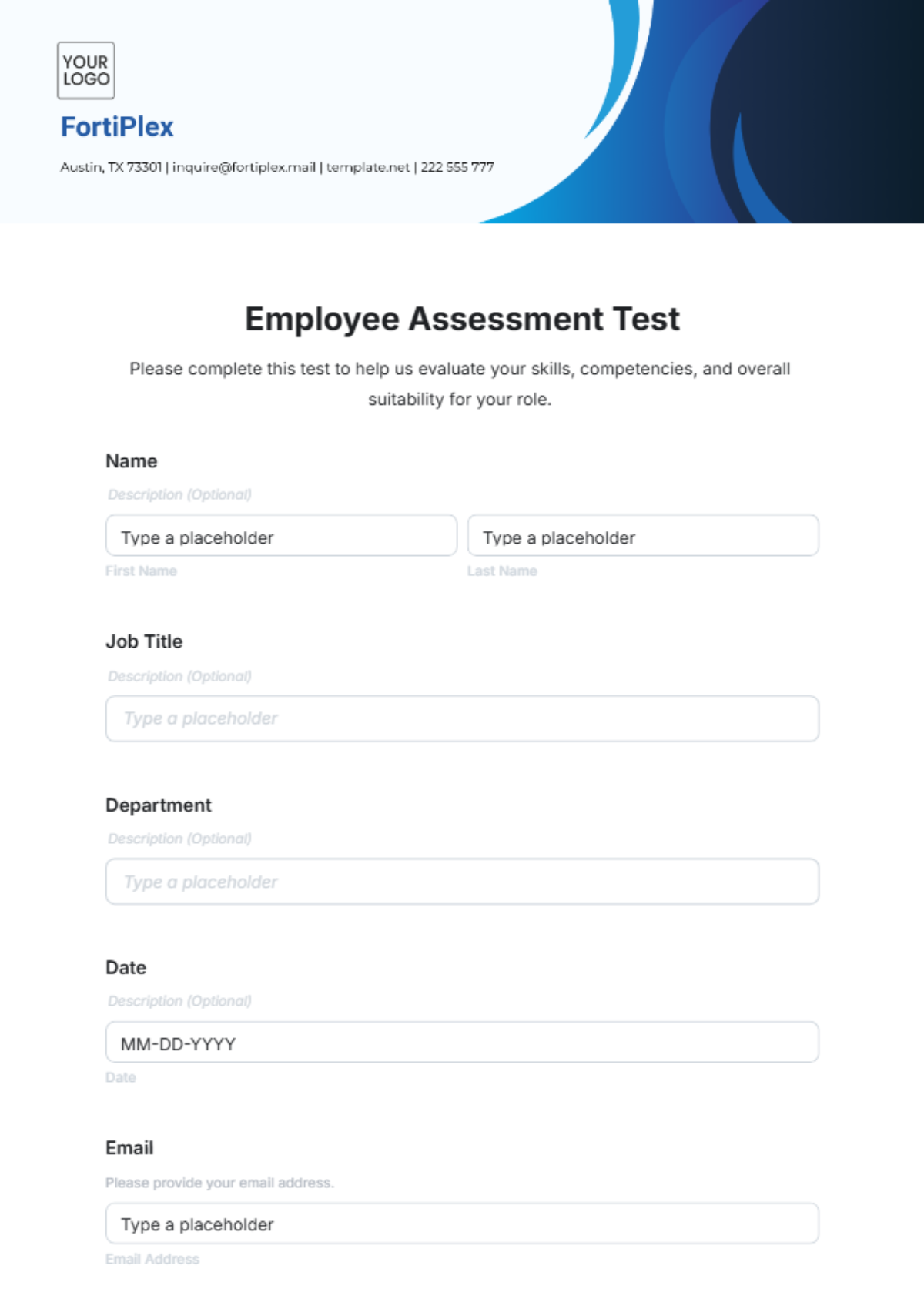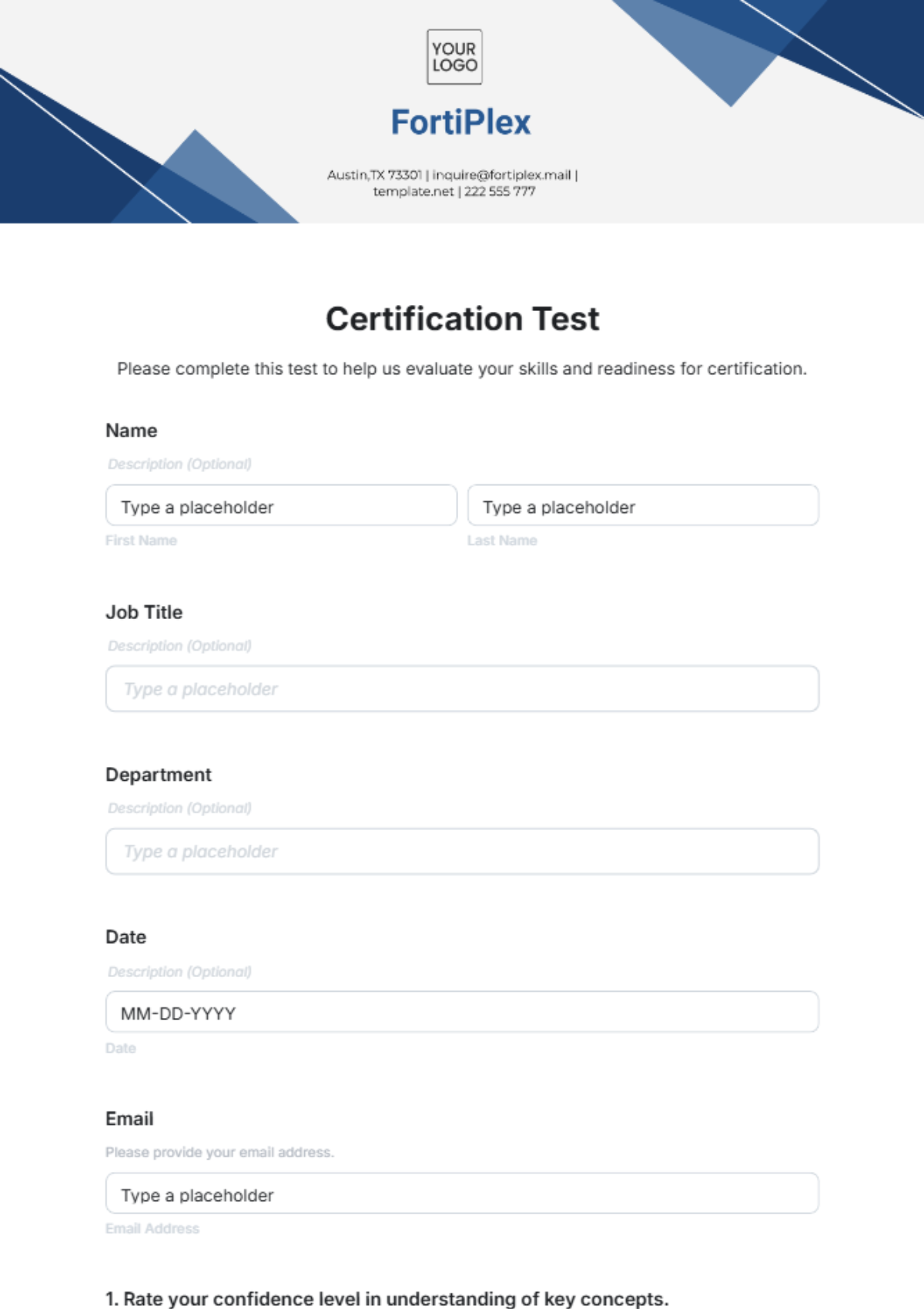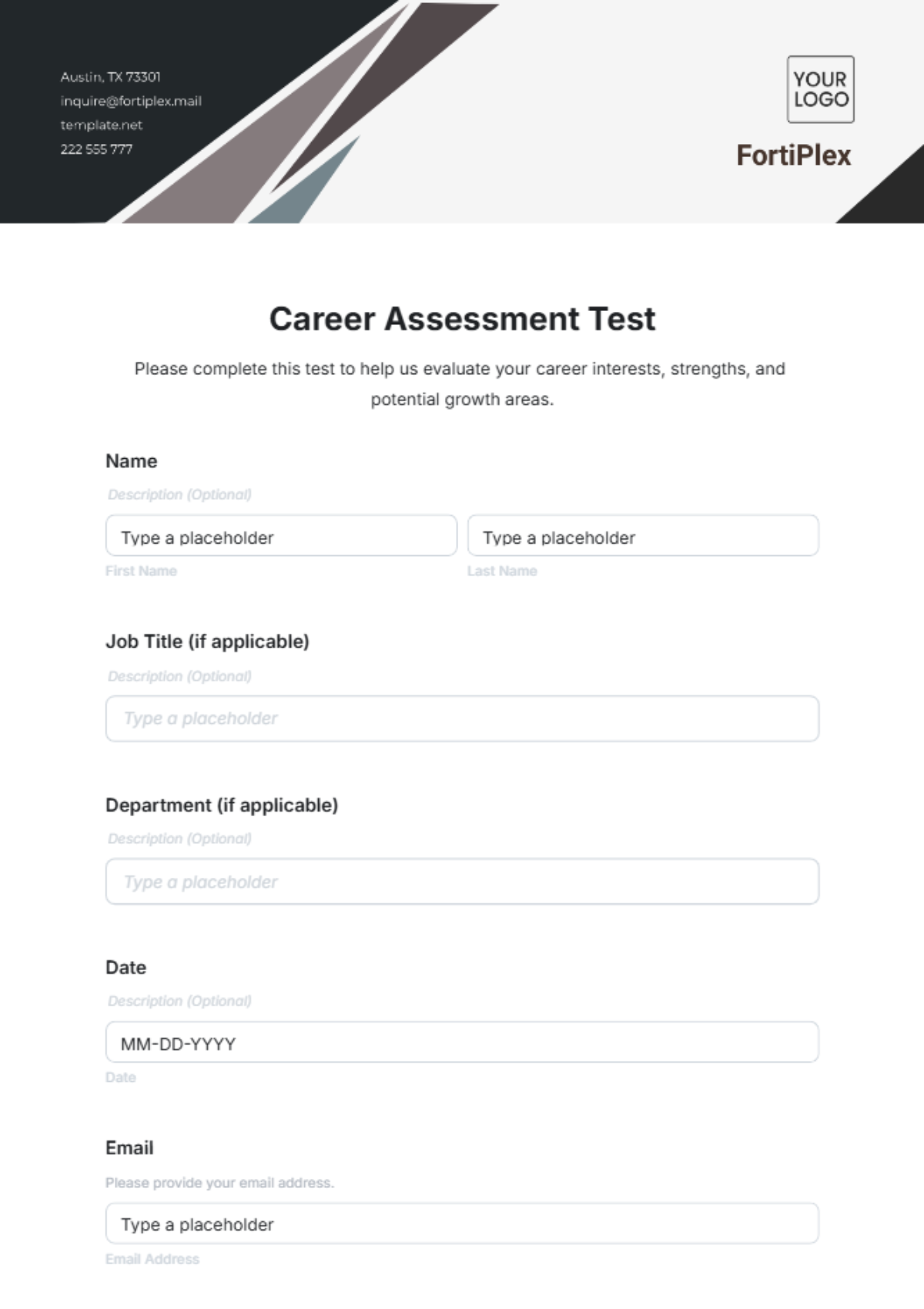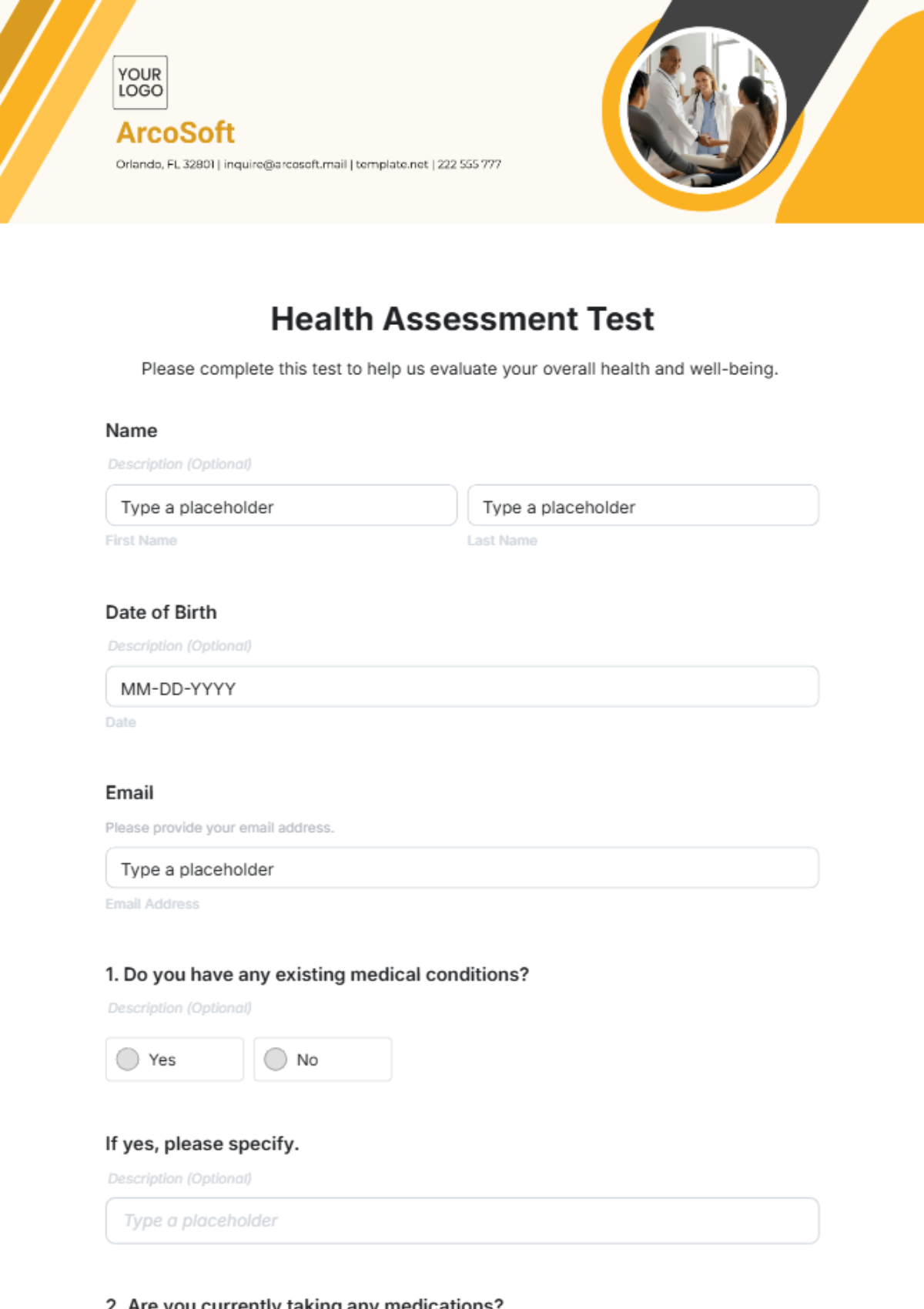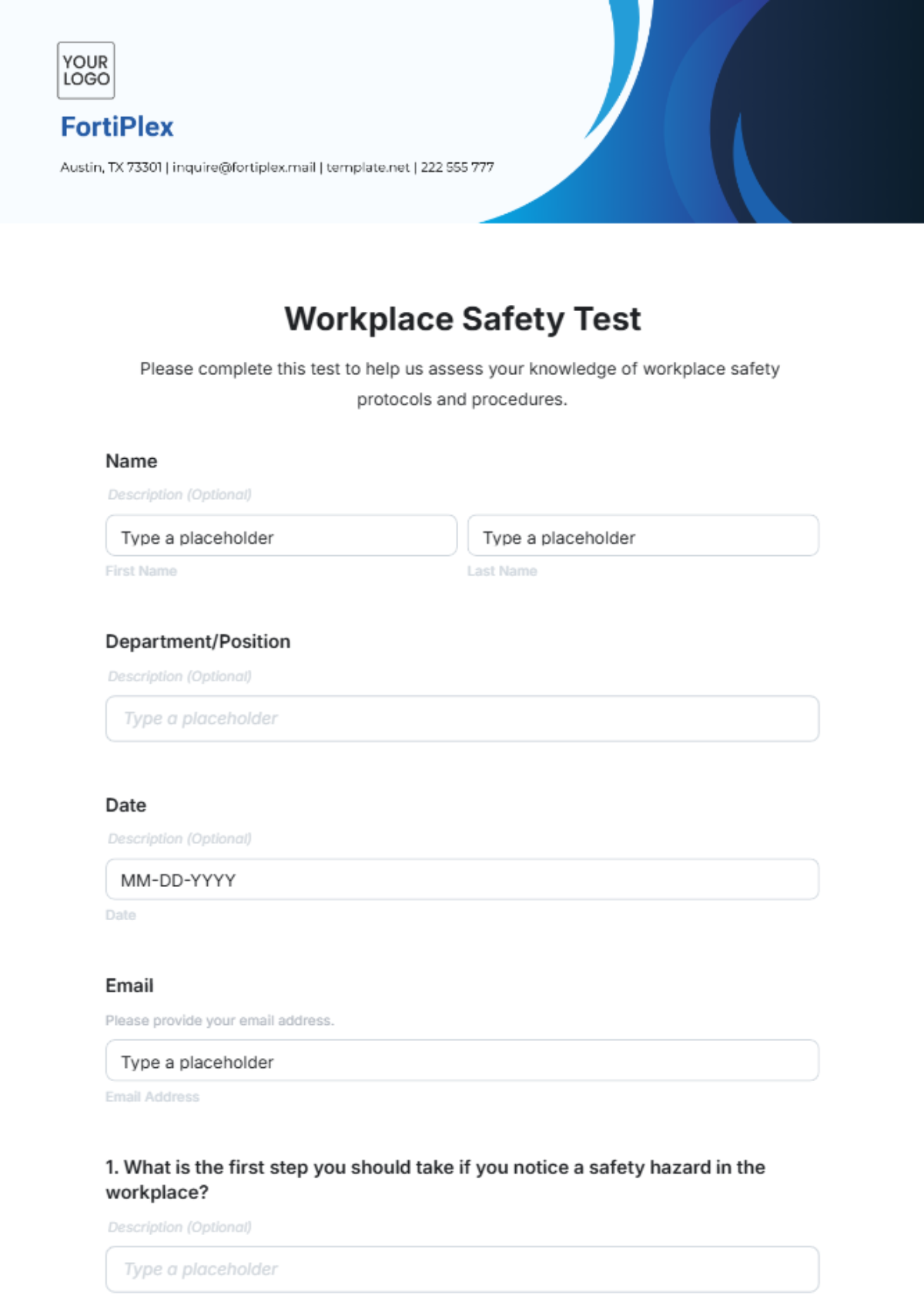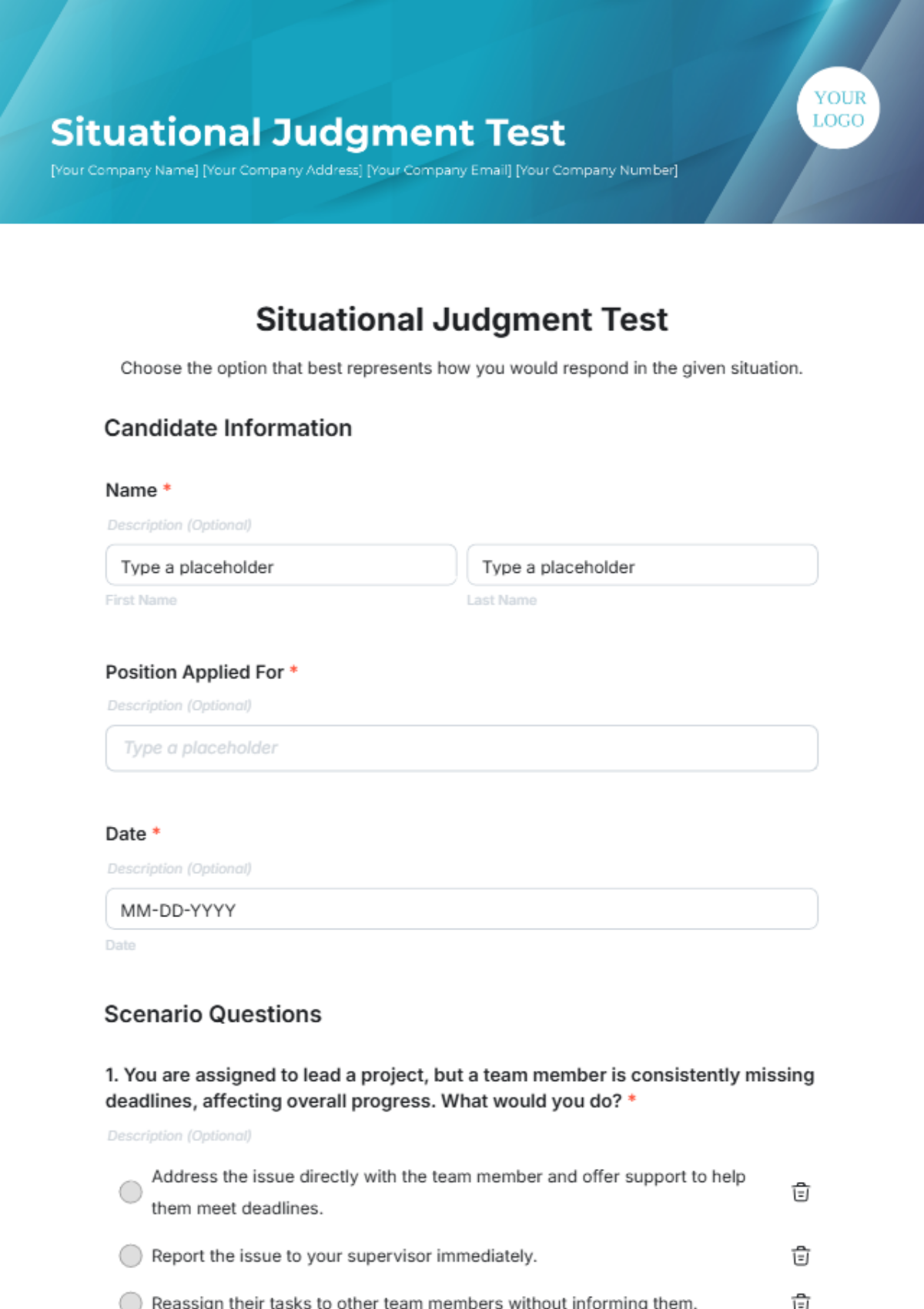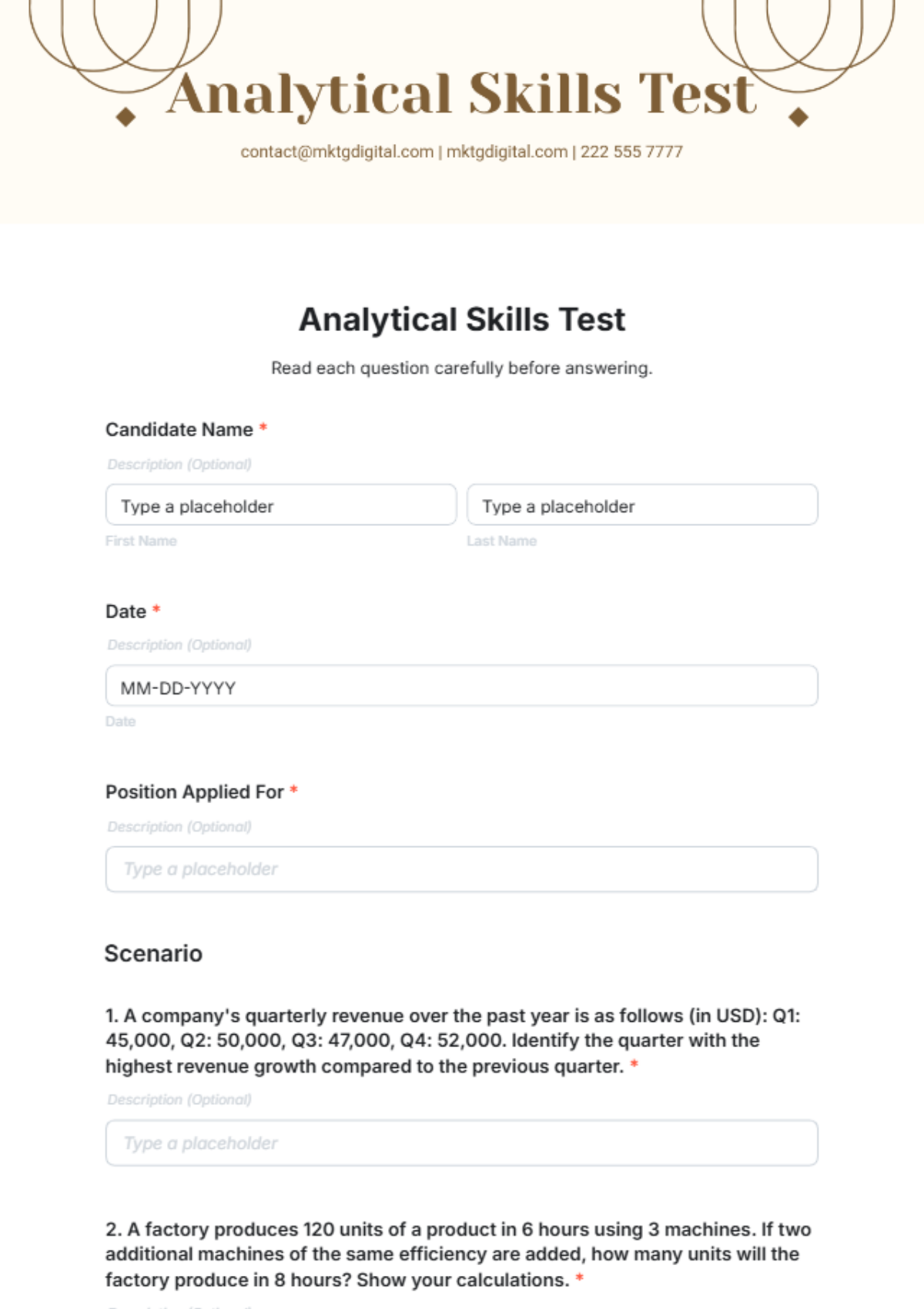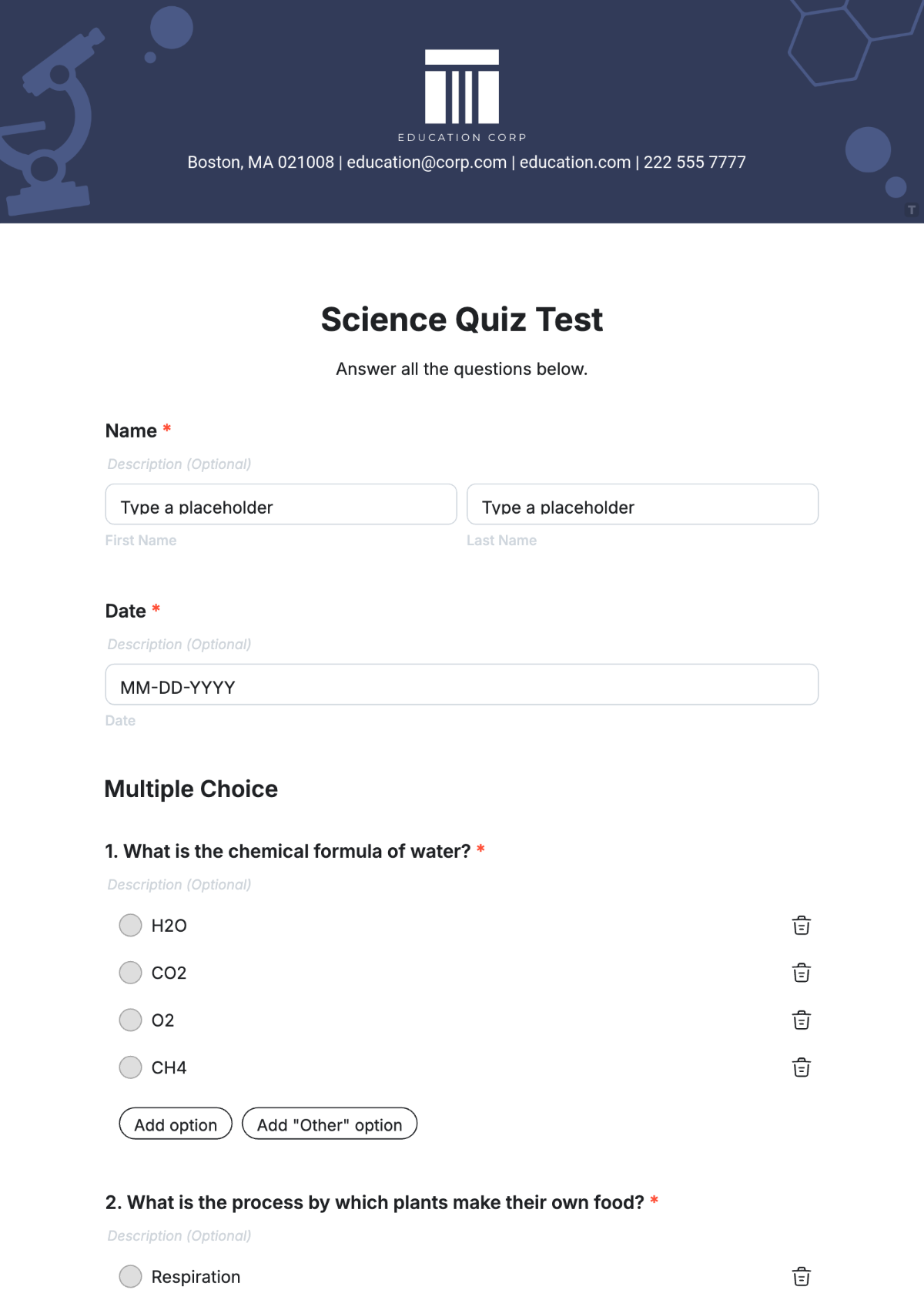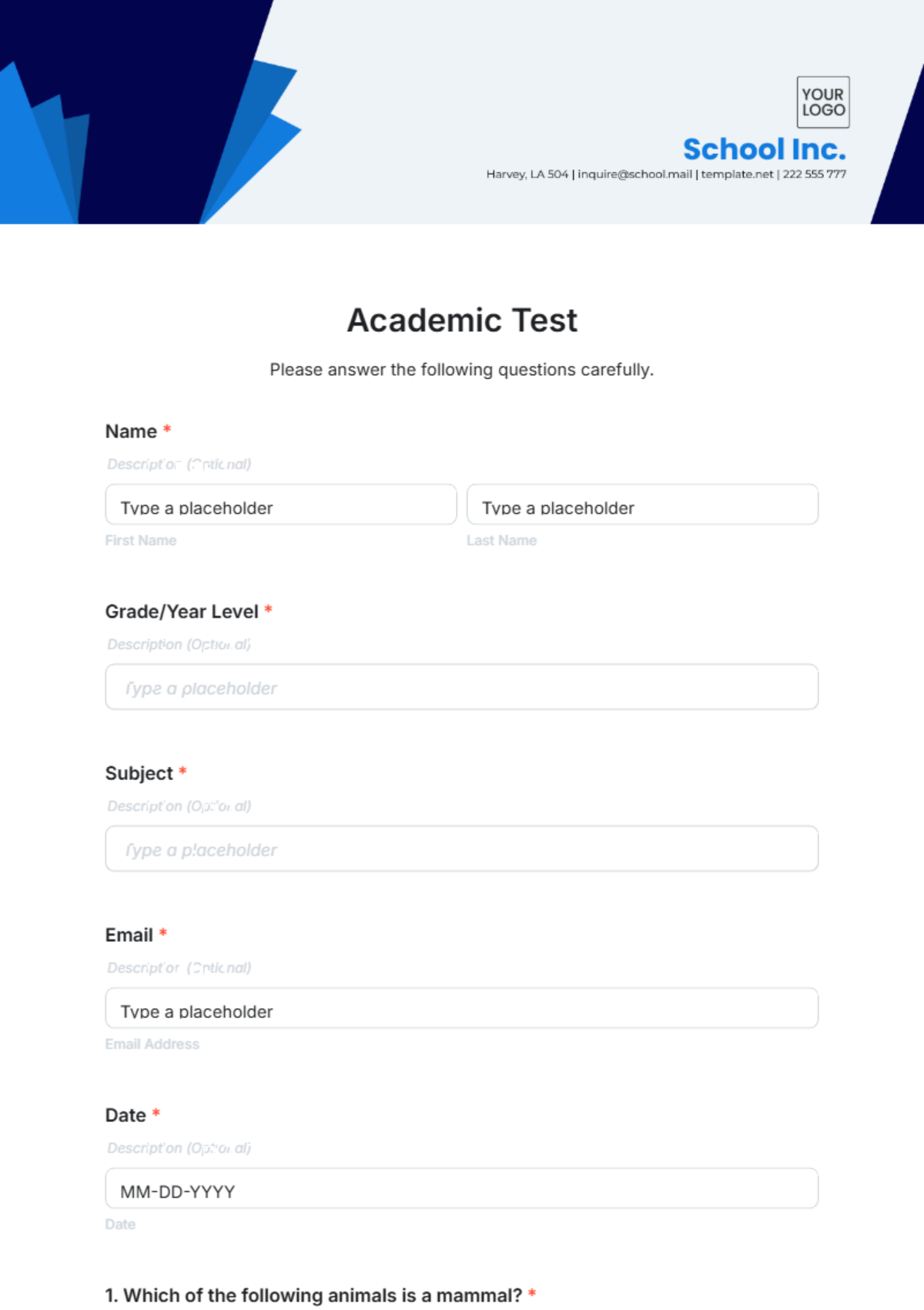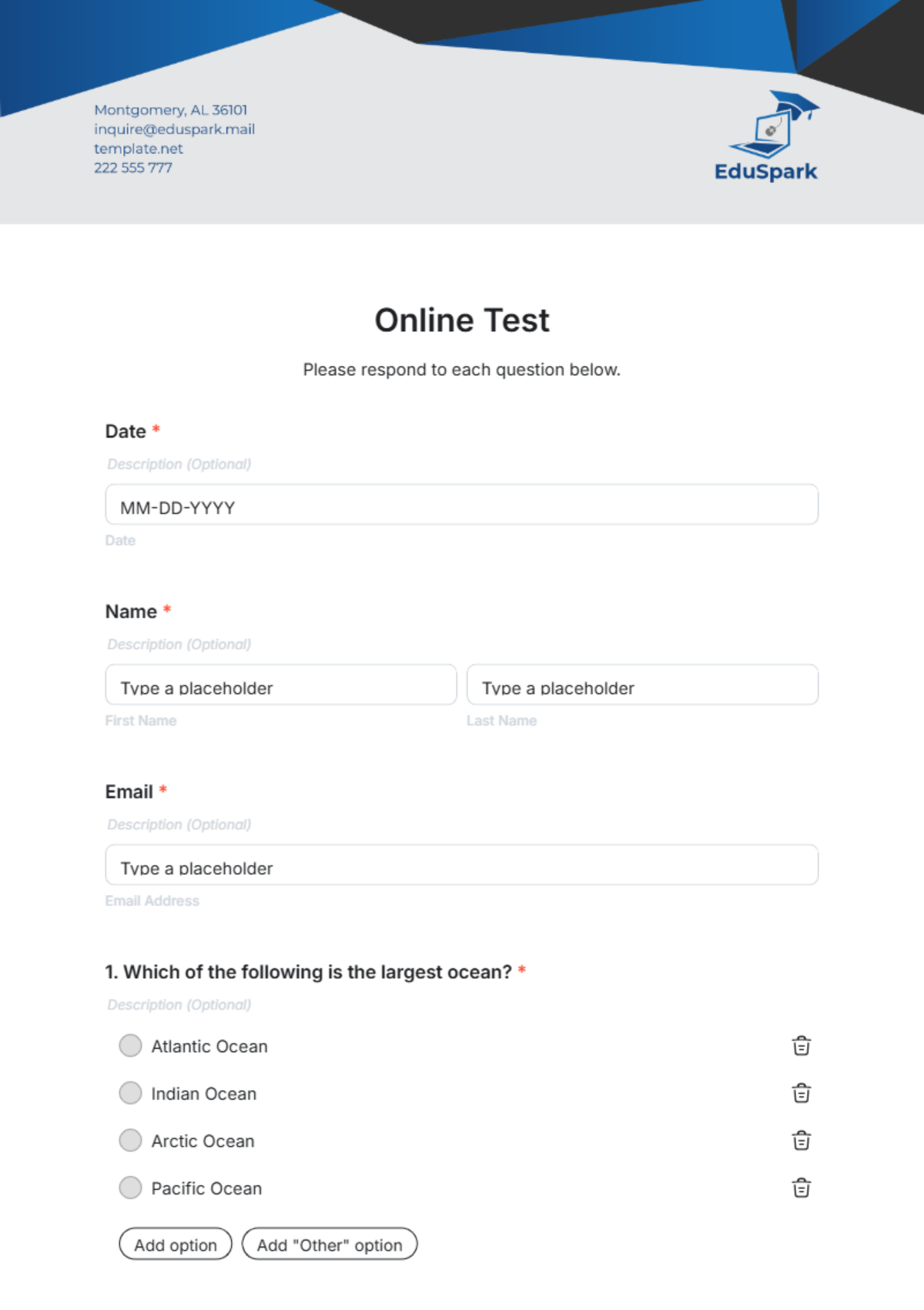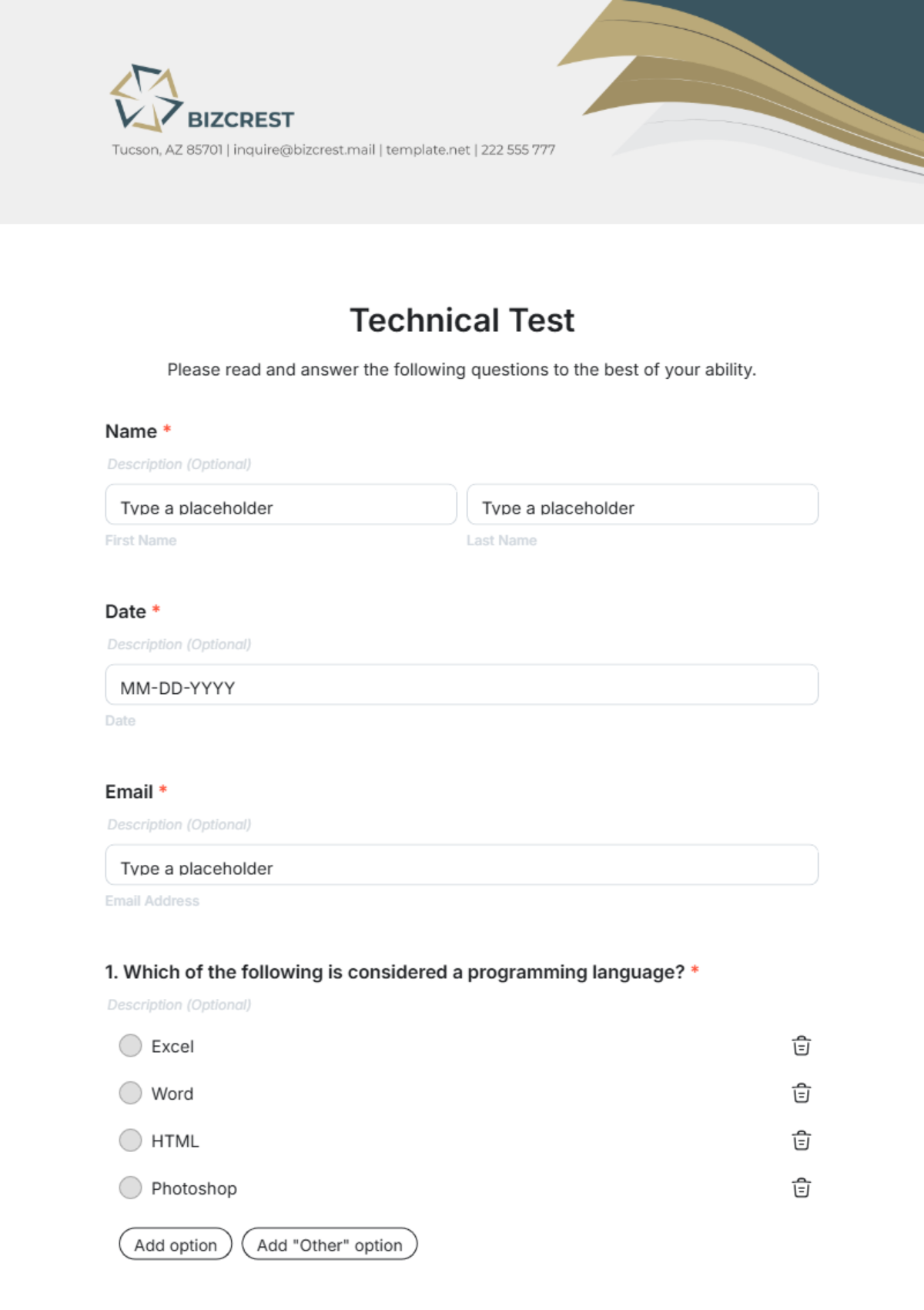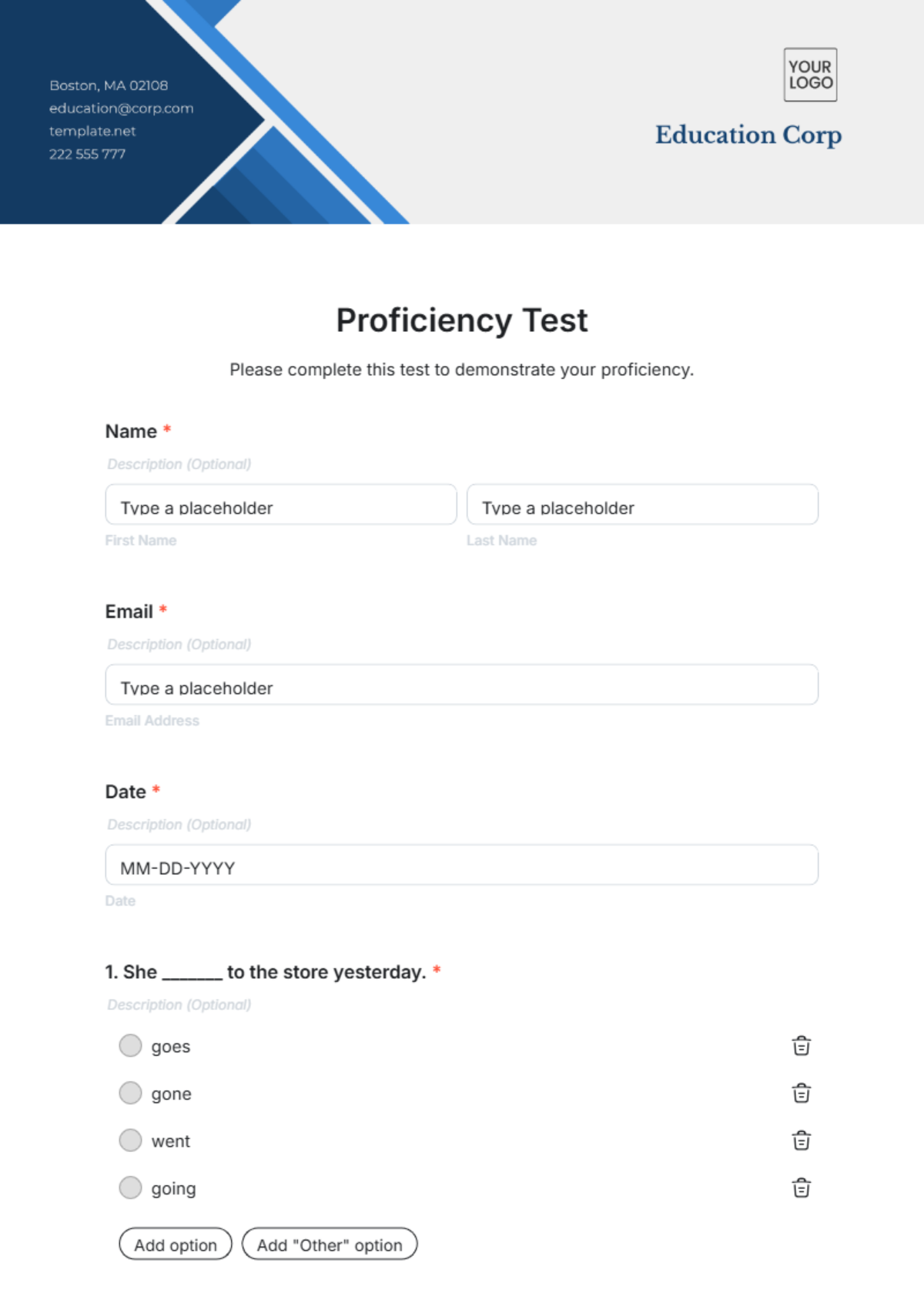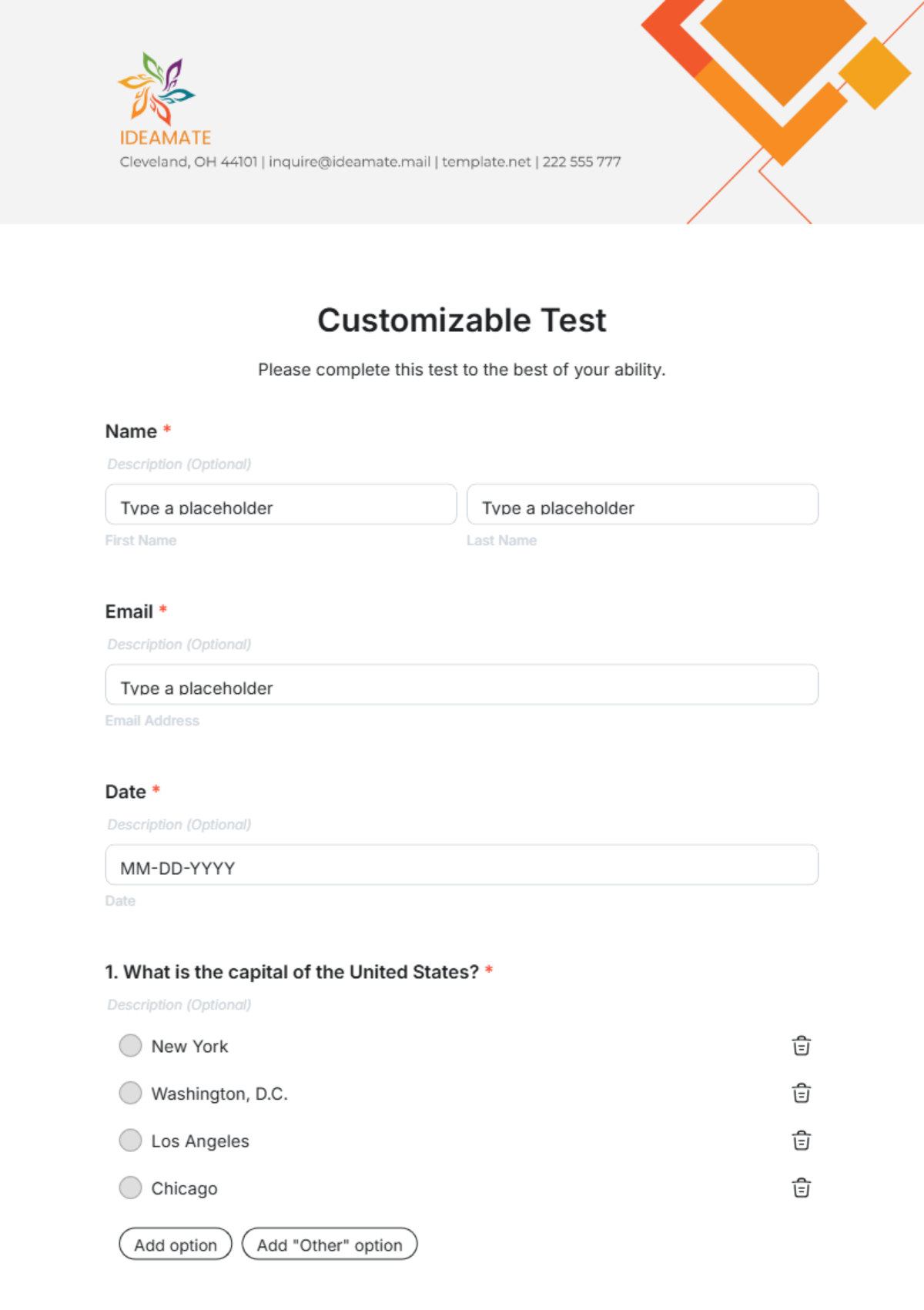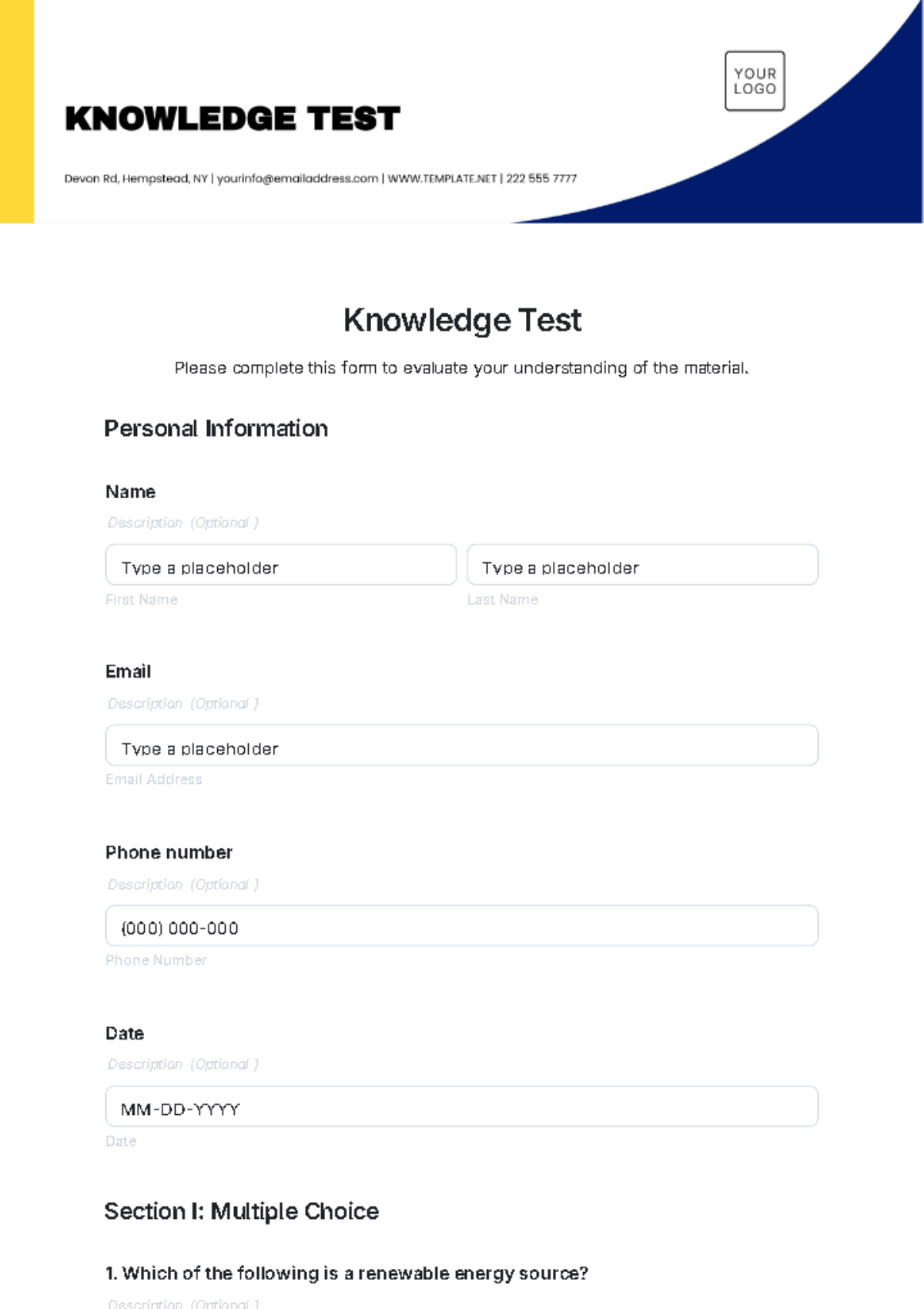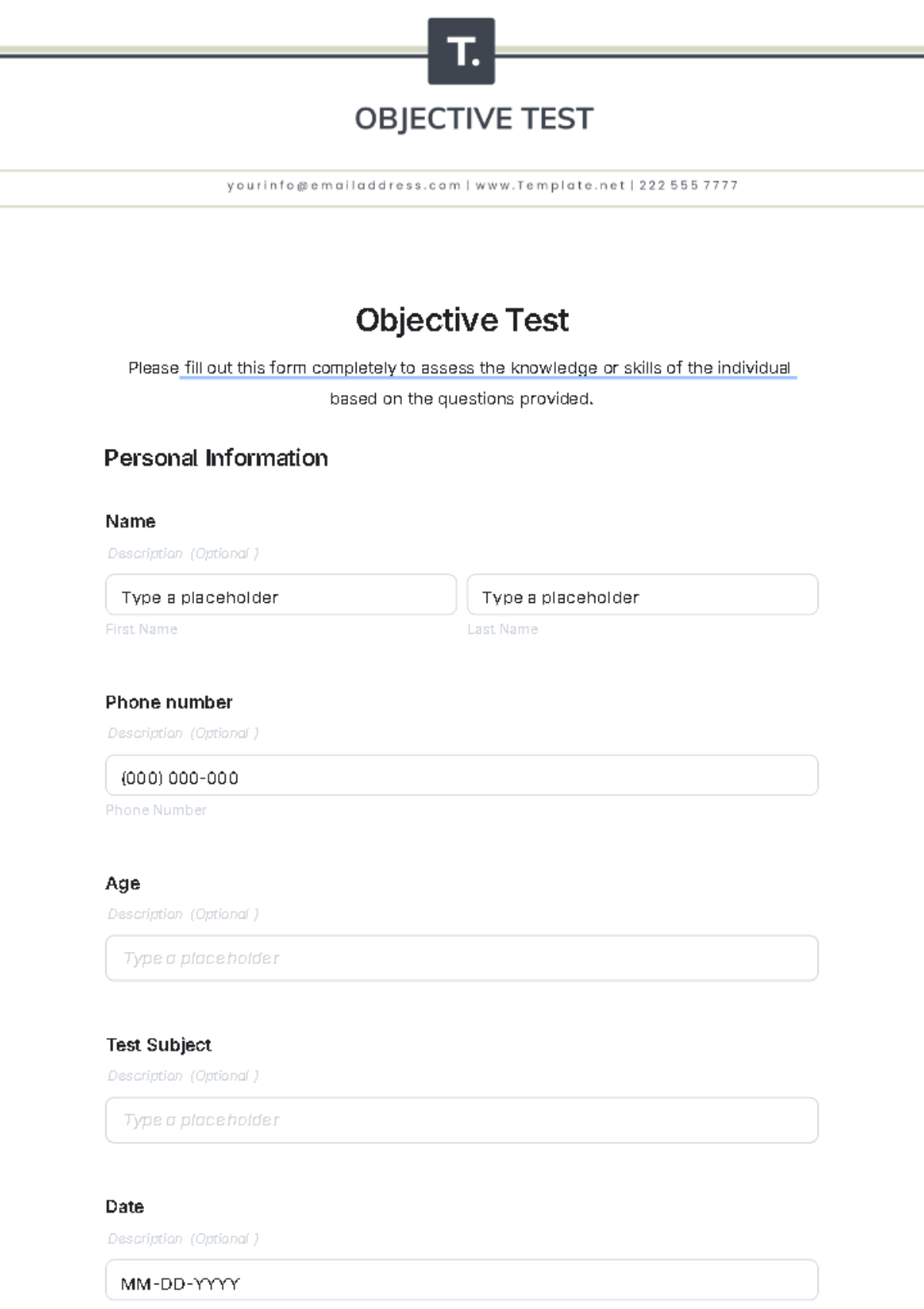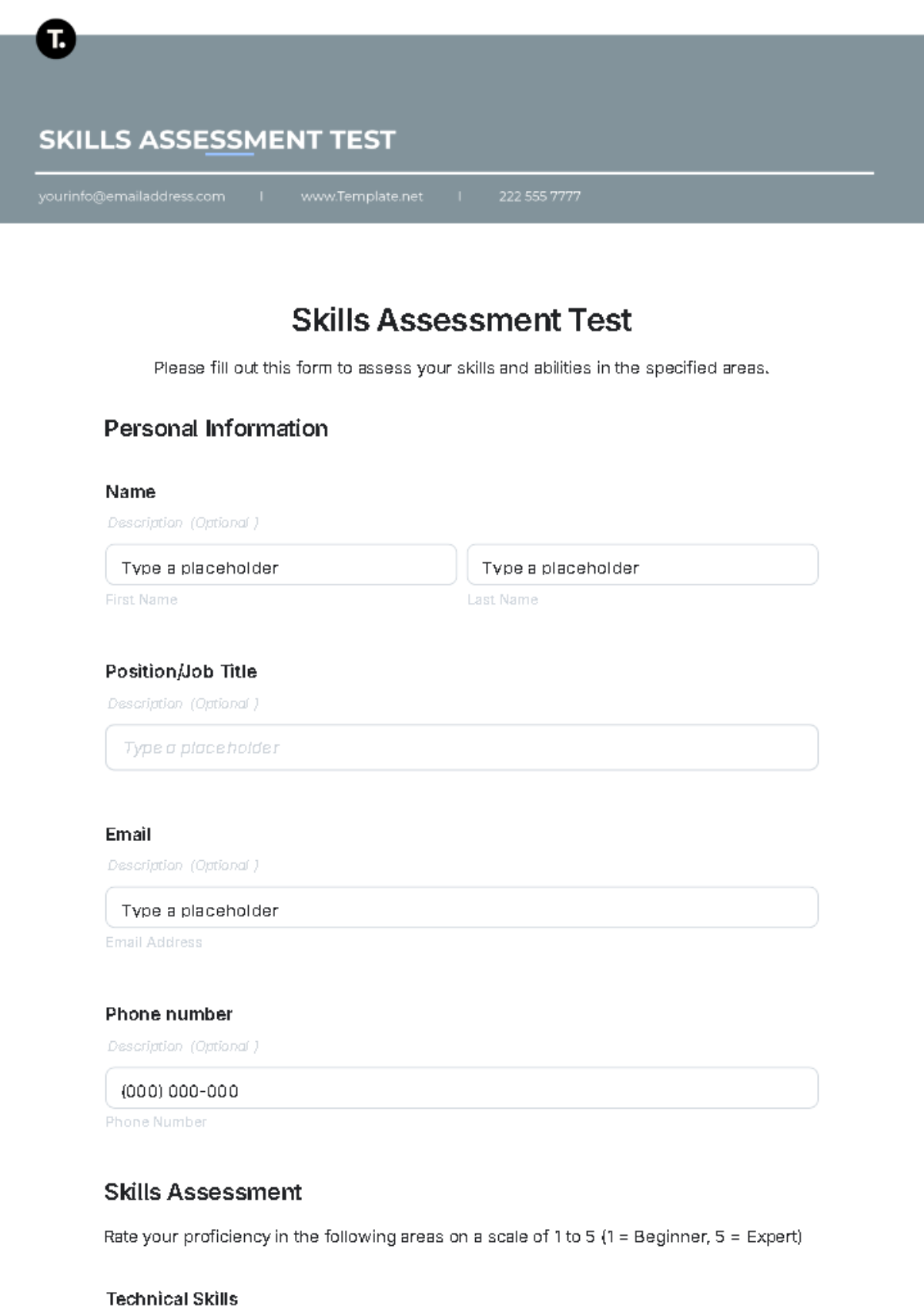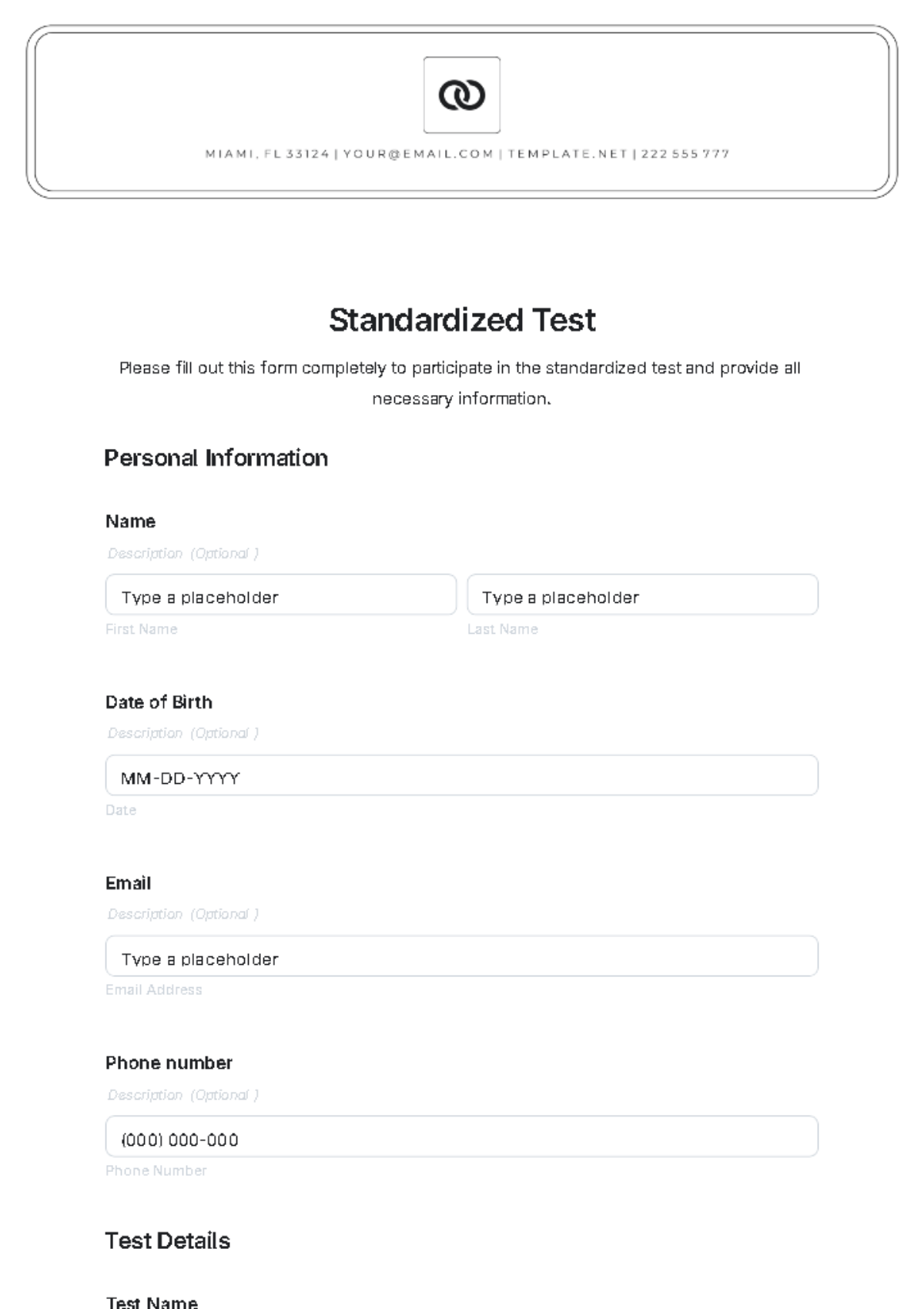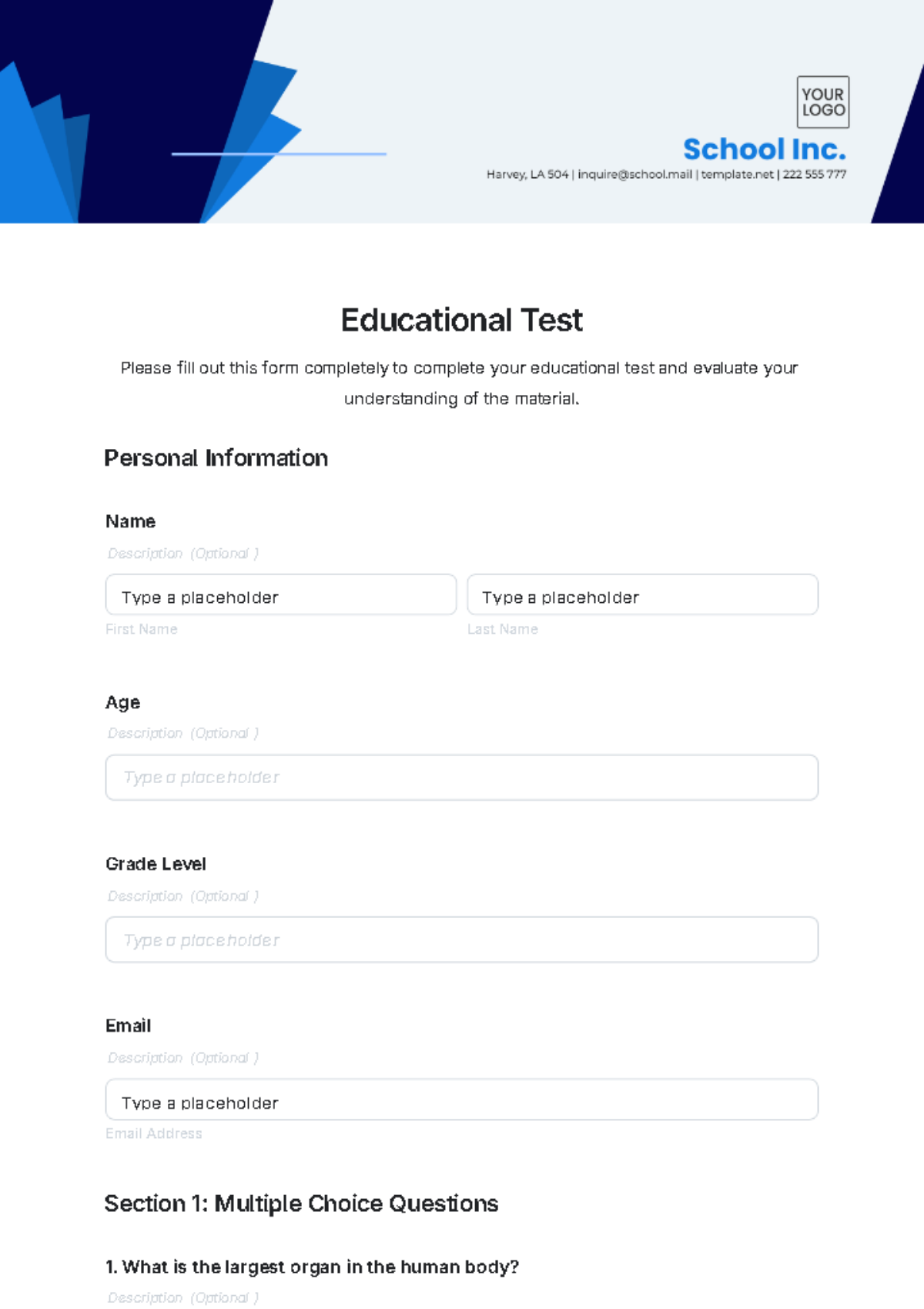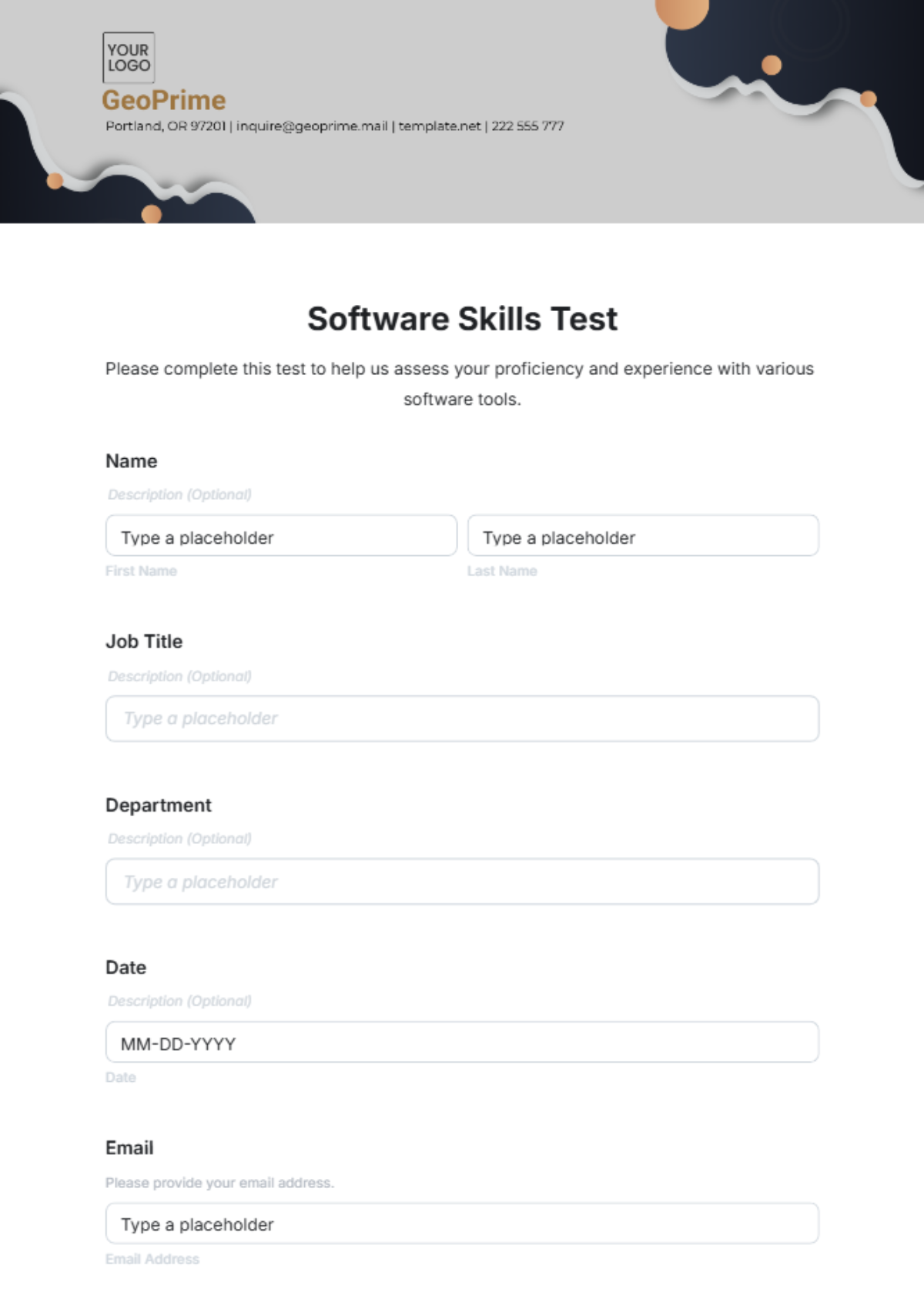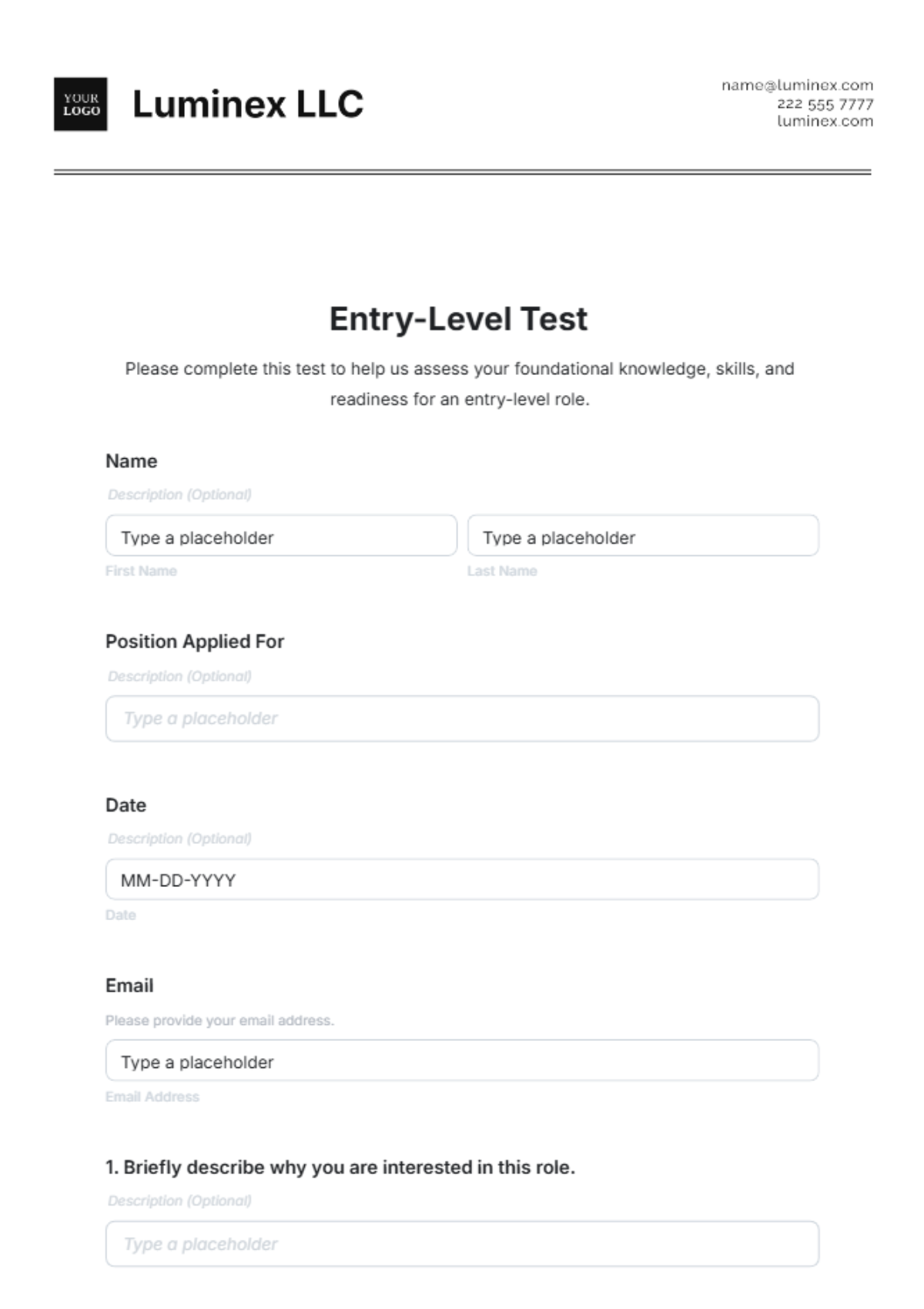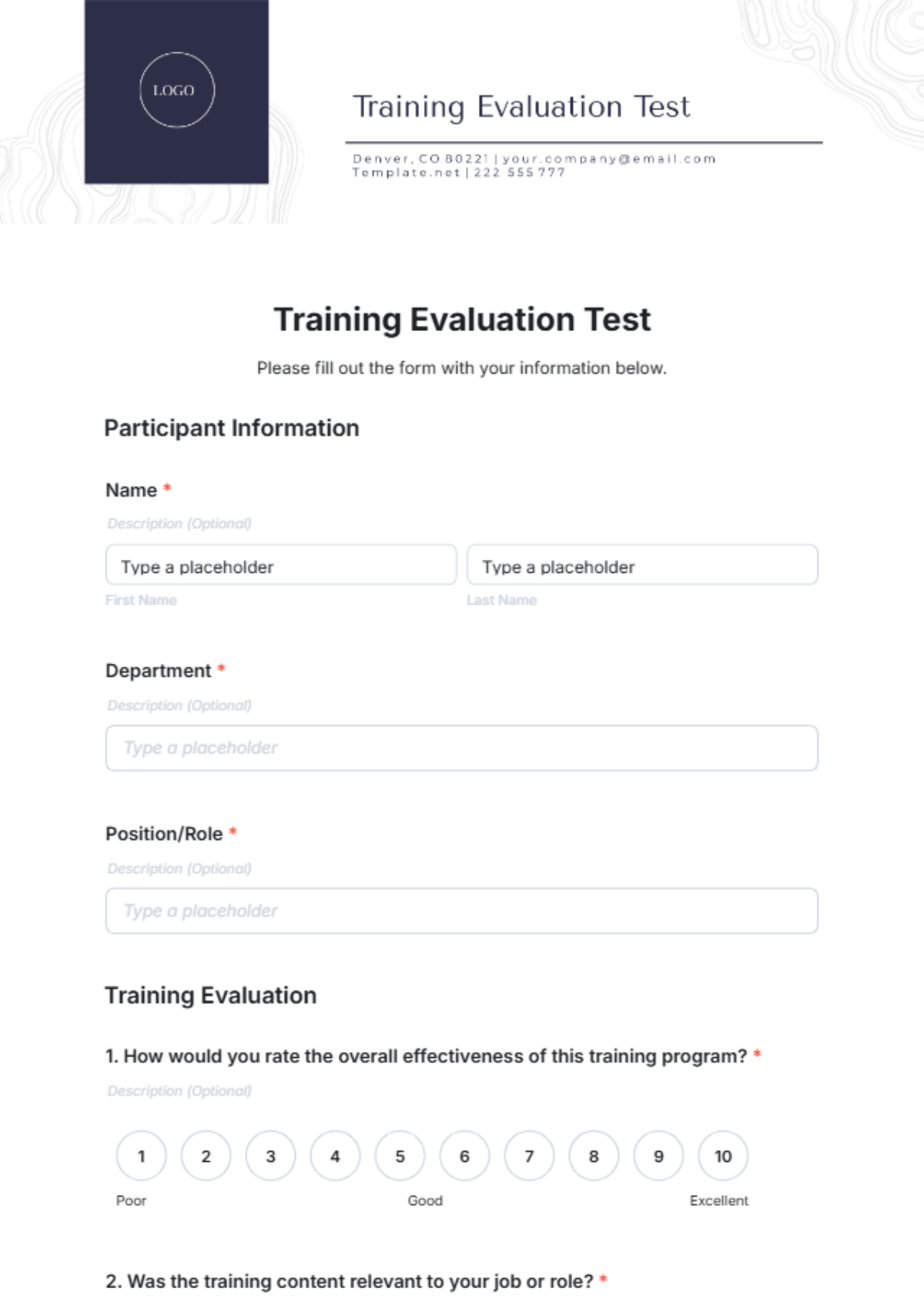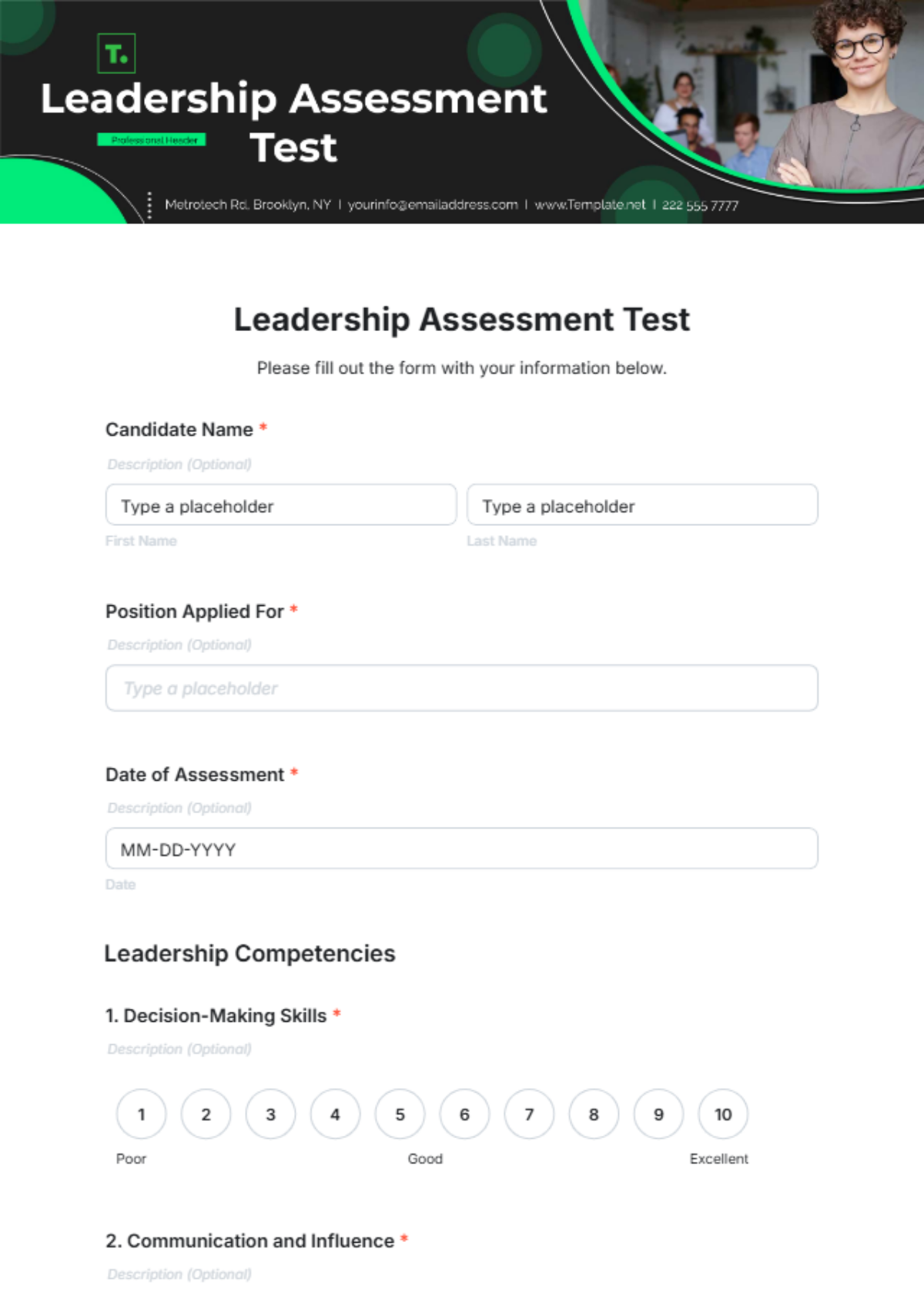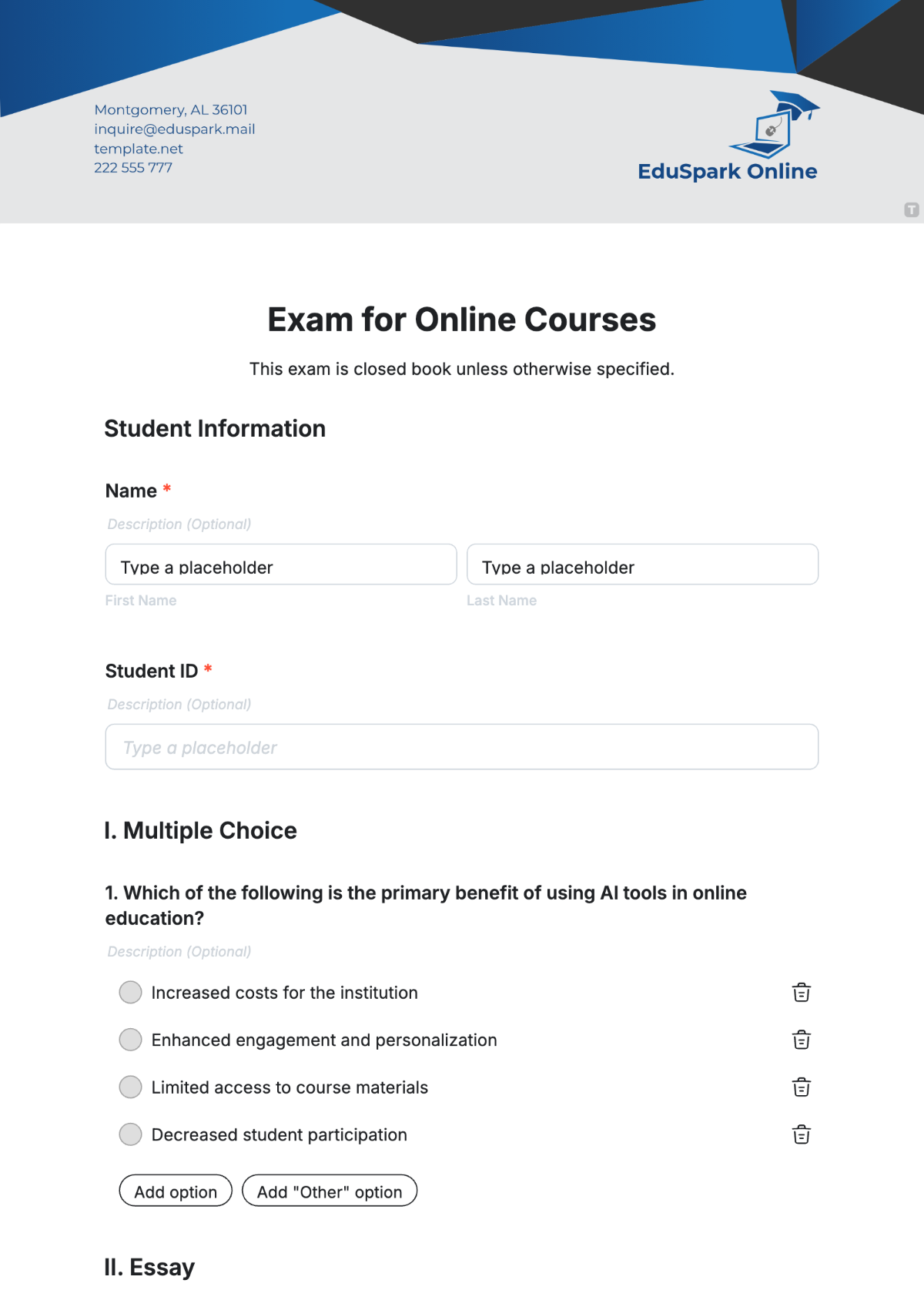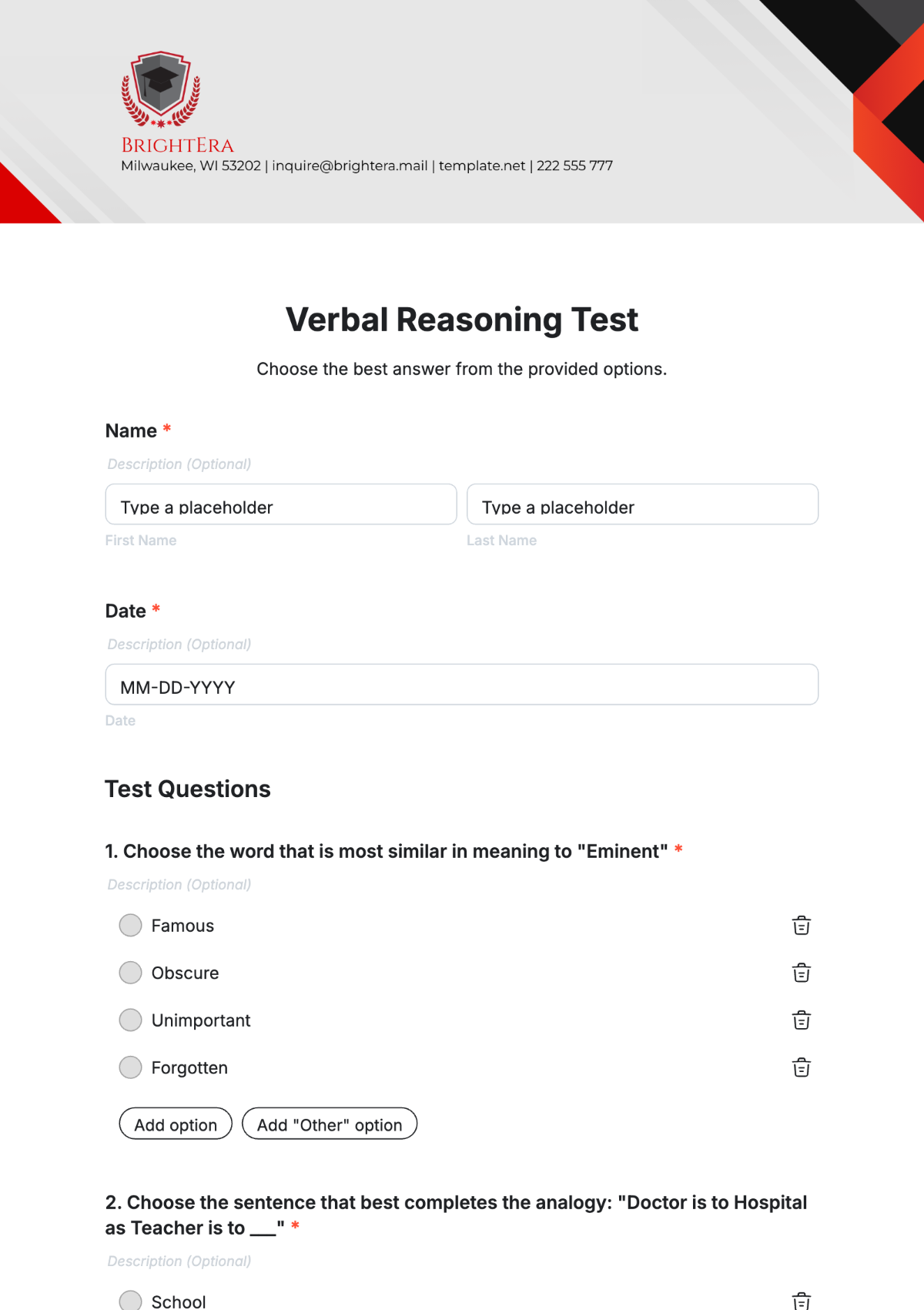Test Tracking Report
Prepared by: [Your Name]
Company: [Your Company Name]
Date: January 1, 2050
I. Introduction
The purpose of this report is to track the progress and results of software testing for the new application developed by [Your Company Name]. This document provides a comprehensive overview of the testing activities, including the test strategy, progress summary, defect summary, and recommendations for further improvements.
II. Test Objectives
Ensure the application meets the specified requirements and functions correctly.
Identify defects and ensure they are resolved before the application is deployed.
Validate the application's performance, functionality, and security.
III. Test Scope
The scope of testing includes functional testing, performance testing, security testing, and usability testing. The following modules are covered: user registration, login, data processing, reporting, and user interface.
IV. Test Strategy
Test Levels: Unit Testing, Integration Testing, System Testing, User Acceptance Testing (UAT).
Test Design Techniques: Boundary Value Analysis, Equivalence Partitioning, Decision Table Testing, State Transition Testing.
Test Execution: Manual Testing, Automated Testing.
V. Test Environment
Hardware: Servers, Workstations, Mobile Devices.
Software: Operating Systems, Browsers, Databases.
Tools: Test Management Tools, Automation Tools, Bug Tracking Tools.
VI. Test Summary
Test Case ID | Description | Status | Execution Date | Tester |
|---|---|---|---|---|
TC-01 | User Registration - Successful | Pass | January 2, 2050 | John Doe |
TC-02 | Login - Invalid Credentials | Fail | January 3, 2050 | Jane Doe |
VII. Defect Summary
Defect ID | Description | Status | Severity | Reported Date |
|---|---|---|---|---|
D-01 | Application crashes on invalid input | Open | High | January 4, 2050 |
D-02 | UI misalignment on mobile devices | Closed | Medium | January 5, 2050 |
VIII. Risks and Mitigations
Risk: Undefined user requirements. Mitigation: Regular reviews with stakeholders.
Risk: Delayed defect resolution. Mitigation: Agile sprints with focused defect fixing phases.
IX. Recommendations
Strengthen testing on undefined functionality areas by defining more detailed requirements.
Increase automated test coverage to reduce manual testing efforts.
Continuous integration and continuous deployment (CI/CD) adoption to speed up the release cycle.
X. Conclusion
Overall, the testing phase for the new application has revealed significant insights into its functionality and performance. Despite some unidentified areas and encountered issues, the majority of test cases have passed successfully. The recommendations provided will aid in enhancing the application quality further. [Your Company Name] remains committed to delivering a reliable and efficient product to the market.
For further inquiries, please contact us at [Your Email] or visit our website at [Your Company Website].
